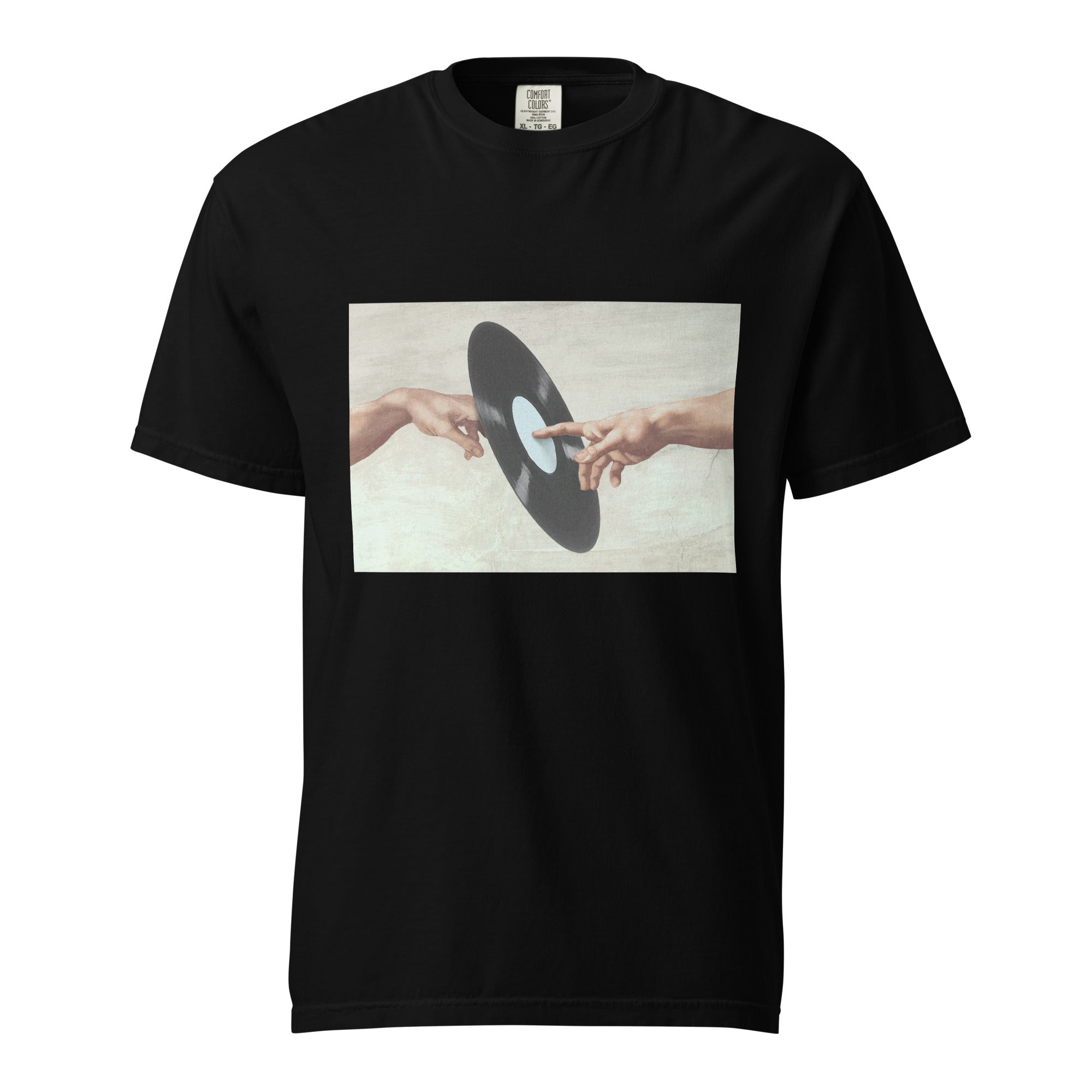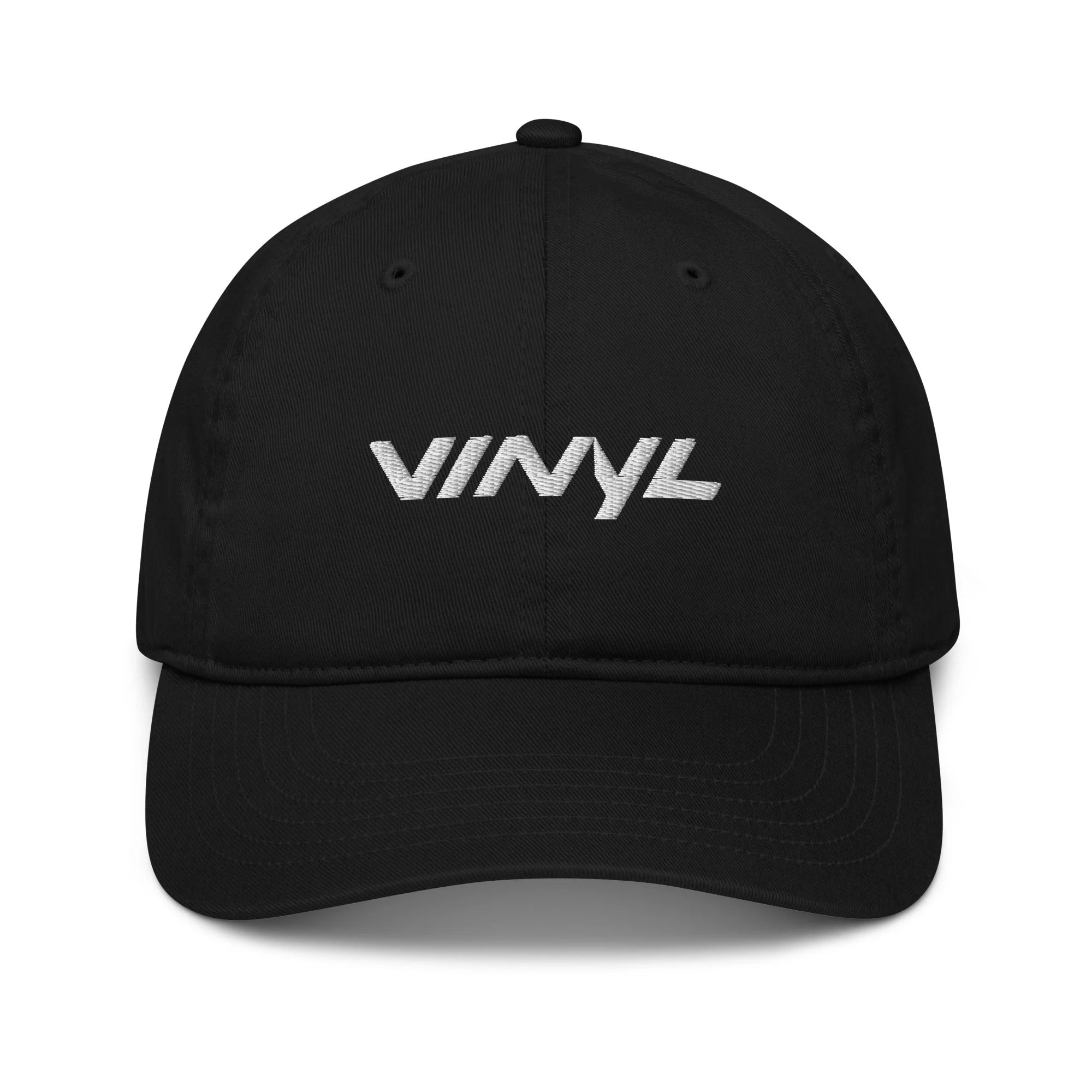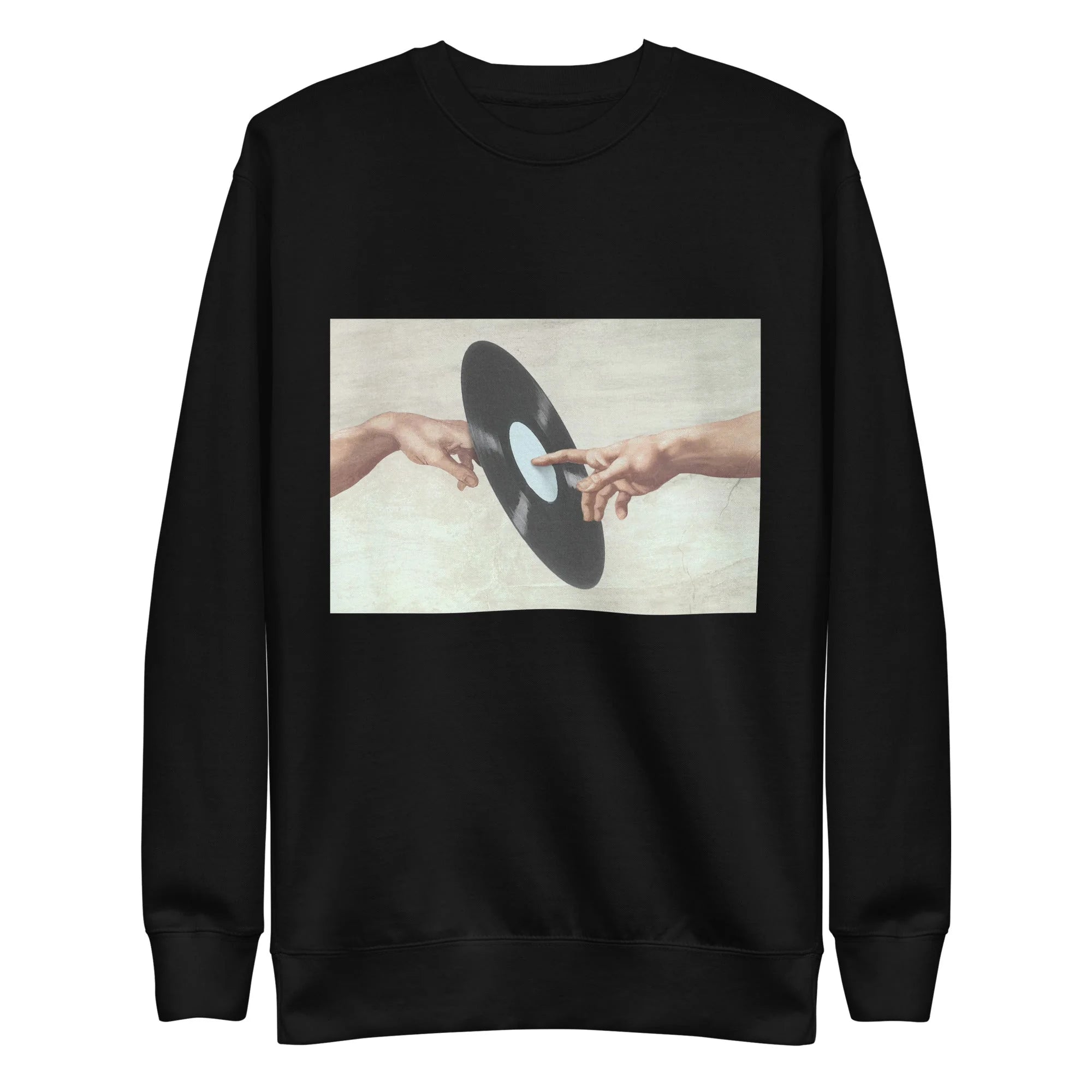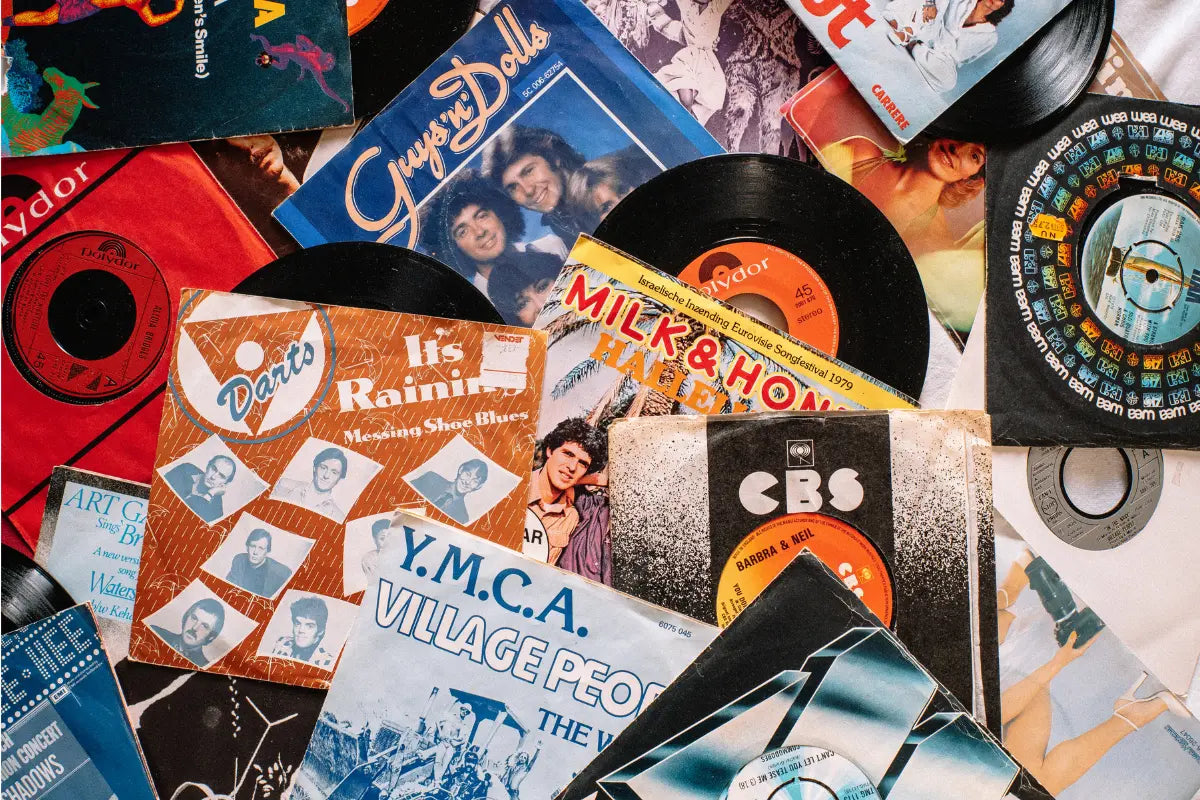In an era where music is just a tap away, many would assume that physical music formats have faded into history. Yet, the opposite is happening. Around the globe, listeners are once again turning to vinyl. The resurgence of vinyl has surprised many, especially in a market dominated by digital services. While streaming may be fast and easy, it lacks the personal connection of owning a physical record. Vinyl offers listeners a break from the endless scroll of songs and playlists. This desire for meaning in music is helping vinyl stand firm in the digital age.
Vinyl vs. Streaming: A Comparison of Experience
Ownership vs. Convenience
Streaming platforms offer unmatched convenience. Users can play millions of songs instantly, create playlists on the fly, and enjoy music anywhere with an internet connection. This ease comes with a loss of personal interaction. Vinyl demands care, like removing the record, placing it on the turntable, and setting the needle, which adds meaning to the listening process. That ritual creates a bond between the listener and the music. While digital services focus on instant access, vinyl offers a sense of ownership that feels earned. The vinyl vs. streaming debate is about the relationship people want with their music. Many listeners are finding that the physical act of playing vinyl strengthens their emotional connection to the songs they love.
The Analog Advantage
When music is streamed, it’s often compressed to reduce file size, which can lead to a loss of sound detail. Listeners with trained ears or high-quality speakers can hear the difference. Vinyl records capture a fuller range of sound frequencies and preserve warmth and texture that digital files often lack. This is the essence of digital vs. analog music—a choice between clean convenience and rich authenticity. Analog formats like vinyl hold onto sonic imperfections that give recordings their character. Vinyl delivers a more immersive experience that digital formats struggle to match.

Album Sequencing, Liner Notes, and Artistic Intent
Streaming often encourages listeners to jump between songs, guided by algorithmic recommendations. This can interrupt the flow that an artist worked hard to craft. Vinyl encourages different behaviors, such as listening to an album from start to finish. On vinyl, sequencing matters. Artists carefully place tracks in a particular order to create a mood, tell a story, or build momentum. The physical record sleeve adds another connection layer, with artwork, lyrics, and liner notes enhancing the experience. The vinyl record industry thrives on this immersive approach, where every element of an album matters.
Balancing Playlists with Personal Collections
Endless playlists and suggested tracks make it easy to get lost in a sea of content. Vinyl, on the other hand, promotes a more focused experience. Each record in a collection was chosen with thought, care, and purpose. It reflects the listener’s identity and musical journey. This contrast highlights a growing trend where people want to slow down and savor what they own. Collecting physical music formats adds meaning to music enjoyment.
The Economics and Appeal of the Vinyl Revival
Top-Selling Vinyl Records
The resurgence of vinyl in the digital age has been remarkable. Below is a look at best-selling vinyl albums and the significant mark each has made:
- Fleetwood Mac – Rumours: Originally released in 1977, Rumours has stood the test of time not just due to its musical excellence but because of the deeply personal and human narratives behind it. With multiple relationships within the band unraveling during its recording, the resulting songs carry raw emotion wrapped in polished production. Tracks like “Go Your Way,” “Dreams,” and “You Make Loving Fun” offer universal themes of heartbreak, resilience, and introspection, which continue to resonate with new audiences year after year. On vinyl, the album’s lush arrangements and vocal harmonies take on an added layer of intimacy, making it a favorite among audiophiles. Its enduring popularity in record stores can be attributed to its perfect fusion of lyrical vulnerability and sonic sophistication. More than four decades later, Rumours tops vinyl sales charts, often outselling even newer releases. Its omnipresence in pop culture—from TikTok virality to tributes in fashion and film—underscores its ability to remain relevant.
- Taylor Swift – 1989 (Taylor’s Version): Taylor Swift’s re-recorded version of 1989 showcases her musical evolution and represents a landmark moment in artist empowerment. When Swift announced her plan to re-record her early catalog to regain control of her master recordings, fans rallied in support, particularly in vinyl form. 1989 (Taylor’s Version) quickly became one of the best-selling vinyl records of its release year, driven by the loyalty of Swift’s fanbase and the resurgence of colored vinyl and collectible packaging. The album’s updated production preserves the synth-pop essence of the original while offering subtle tweaks in vocal delivery and arrangements, allowing longtime fans to rediscover the songs with fresh ears.
- Nirvana – Nevermind: Few albums have had the seismic cultural impact of Nirvana’s Nevermind. Released in 1991, it ushered in the grunge movement and irrevocably changed the landscape of alternative rock. The album’s iconic cover continues to spark debate and symbolism, reflecting themes of innocence, capitalism, and societal expectations. Nevermind is a vinyl mainstay not only for its sonic appeal but because it represents a moment when underground music exploded into the mainstream, altering the trajectory of 1990s youth culture.
- The Beatles – Abbey Road: Abbey Road is a pinnacle of musical craftsmanship and cultural symbolism. The flow of Abbey Road feels organic and intentional, with the analog warmth adding depth to its intricate arrangements and layered production. The album’s iconic cover image of the band walking across a London crosswalk has become one of the most recognizable visuals in music history, often re-enacted and parodied worldwide. Modern vinyl reissues of Abbey Road consistently chart high in sales, with audiophile-grade remasters offering immersive experiences that highlight George Martin’s sophisticated engineering. The album’s continued popularity across generations underscores its ability to speak to universal themes of hope and artistic expression.
- Billie Eilish – When We All Fall Asleep, Where Do We Go?: Billie Eilish’s debut full-length album defied expectations and redefined what pop music could sound and feel like in the late 2010s. With minimalist production by her brother Finneas, haunting melodies, and deeply personal lyrics, When We All Fall Asleep, Where Do We Go? stood out in a sea of overproduced mainstream releases. The album’s production nuances are brought to life with heightened clarity and intimacy. What makes this record a top seller isn’t just its musical innovation but its role in legitimizing vinyl among Gen Z listeners. Culturally, the album sparked conversations about mental health and authenticity in the digital age, with Eilish serving as a voice for young people navigating an increasingly complex world.
These albums exemplify why vinyl remains a vital format in the modern musical landscape. Vinyl's return reaffirms music’s physical, emotional, and cultural power.
How Limited Editions and Colored Variants Drive Value
Rarity often increases appeal in today’s vinyl market. Collectors and casual fans alike highly seek after special editions. These records usually come in unique shades, splatter effects, or glow-in-the-dark formats, transforming music into visual art. This desire to own something special adds emotional and monetary value. As the vinyl revival continues, pressing plants and artists are releasing albums in more imaginative forms. These editions sell out quickly, turning some releases into instant collectibles.

Exclusive Vinyl Records
Some vinyl releases are intentionally scarce, designed to create buzz. Whether tour-only editions, record store day exclusives, or direct-from-artist pressings, these records become symbols of fandom and status. Owning exclusive vinyl compilation albums gives collectors a sense of belonging to a niche community. These records also gain traction as physical assets, with some commanding high resale prices in secondary markets. Music lovers increasingly see vinyl as a passion and a smart financial move.
Practices for Selling Vinyl Online
Choosing the best site to sell vinyl records is key for those looking to part with or trade their collections. Specialized marketplaces provide global reach and tools for grading, pricing, and shipping. Sellers must accurately describe record conditions and use safe packaging to avoid damage in transit. Good photos, clear listings, and fair pricing can help attract serious buyers. Researching demand before listing ensures that you don’t undersell a rare gem. Building a trusted reputation through reviews and timely communication is as important as the transaction itself.
The Modern Vinyl Ecosystem and Supply Chain
Innovations in Vinyl Manufacturing
Once considered a nostalgic relic of the past, vinyl records are now produced using forward-thinking technologies that merge analog warmth with digital-era precision. Below are some of the most transformative developments in contemporary vinyl pressing:
- Thermal-Optimized Pressing Systems: Traditionally, record pressing has been a labor-intensive, heat-driven process involving manual calibration and prolonged cycle times. With the introduction of new heat distribution technologies and precisely controlled press temperatures, modern systems can now reduce pressing time by up to 50% while maintaining record fidelity. These systems use zoned thermal plates and advanced sensors that maintain consistent temperatures across the pressing surface, eliminating common issues like groove distortion caused by uneven heat. The result is a smoother record that requires less post-press inspection.
- Anti-Static Compound Blends: Crackles and pops, while sometimes seen as charming quirks of vinyl, are often the result of static buildup and particulate interference, not defects in the pressing itself. To address this, manufacturers are now incorporating anti-static compounds directly into the vinyl formulation. These proprietary blends reduce the friction between the stylus and the groove, minimizing static charges that attract dust and debris. Unlike external anti-static sprays or record sleeves that offer temporary solutions, these embedded materials provide ongoing protection throughout the record’s lifespan. This innovation leads to cleaner playback, notably for quiet musical passages or classical recordings where surface noise can be especially disruptive. Including anti-static elements also improves handling safety, reducing the chance of static discharge when removing or playing the record.
- Laser-Cut Stamper Calibration: Recent innovations have introduced laser-cut stamper calibration, which uses finely tuned lasers to etch grooves with near-microscopic accuracy. This technology offers unparalleled control over depth, spacing, and alignment, ensuring that every record copy delivers a uniform listening experience. Older mechanical methods often produced subtle inconsistencies between pressings, resulting in variances in track dynamics, pitch stability, or channel balance. Laser calibration eliminates these discrepancies, delivering superior groove integrity that enhances stereo imaging and dynamic range. This process also reduces distortion caused by off-center pressings or groove drift, making records more forgiving for modern styluses.
- Eco-Friendly Vinyl Materials: As awareness around environmental sustainability grows, the vinyl industry is under increasing pressure to reduce its ecological footprint. Traditional PVC (polyvinyl chloride), the main ingredient in records, is derived from fossil fuels and can be challenging to recycle or dispose of responsibly. Manufacturers are experimenting with bio-based and recycled alternatives that offer similar acoustic properties with a smaller environmental cost. These materials are refined to match conventional vinyl's durability and sonic fidelity.
Modern innovations in vinyl manufacturing reveal a dynamic interplay between tradition and progress. These technologies are enhancing the heart of the vinyl experience, ensuring that analog listening evolves to meet the standards of contemporary audio culture.
Augmented Reality
Creative marketing strategies have opened the door to experimental vinyl packaging. Augmented reality features allow fans to point their phones at a record sleeve and unlock interactive content like music videos, interviews, or animations. Some releases include vinyl record bundles with scented sleeves, textured surfaces, or hand-numbered artwork. These design choices appeal to the senses in ways digital formats cannot.
Community, Culture, and Demographics of Vinyl Collecting
Younger Audiences
It’s easy to assume that vinyl appeals primarily to older generations, but much of today’s growth is being led by young listeners. Teenagers and twenty-somethings, raised in the age of digital convenience, are now embracing analog formats to connect more deeply with music. This shift reflects a hunger for authenticity and tactile experience. For younger fans, buying a vinyl record often carries symbolic value, representing a more meaningful relationship with their favorite artists. The analog music comeback among youth is also fueled by social media trends and a desire to own something permanent in an otherwise digital life.
Record Shops and Listening Parties
Independent record stores remain cultural hubs where music lovers gather, discover new releases, and celebrate shared interests. Far from being outdated, these spaces have adapted to modern tastes by hosting live performances and release day events. These gatherings offer a sense of community that the online world can’t replicate. The visibility of vinyl through these channels has contributed to its broader appeal, showing that music is celebrated. The culture surrounding collecting vinyl records thrives offline and online in this way.
Tips for Collectors in a Growing Market
Verifying Pressings and Matrix Numbers
Navigating the vinyl marketplace requires a sharp eye and some basic knowledge to ensure that what you’re buying is genuine. Pressing information and matrix numbers, often etched into the runout area of a record, are crucial for identifying authentic editions. These small details can indicate a first pressing or a bootleg. This knowledge is essential to making informed purchases. Whether building a modest collection or aiming to buy rare vinyl, understanding what to look for gives you an edge in an increasingly competitive space.
Proper Storage
Protecting vinyl records requires more than just stacking them neatly on a shelf. Improper storage can lead to warping, surface damage, or label wear, all impacting sound quality and collector value. Records should be stored upright in sleeves, with outer jackets and inner liners in place to prevent friction and dust buildup. The goal is to preserve not just the music, but the physical beauty that makes physical music formats so appealing to begin with.

In a time when songs are consumed in seconds and quickly forgotten, vinyl represents a deliberate act of resistance. Listeners are no longer satisfied with passive listening that fades into the background. It’s about slowing down and savoring the whole experience. The appeal of vinyl vs. streaming lies in convenience; the other provides immersion.

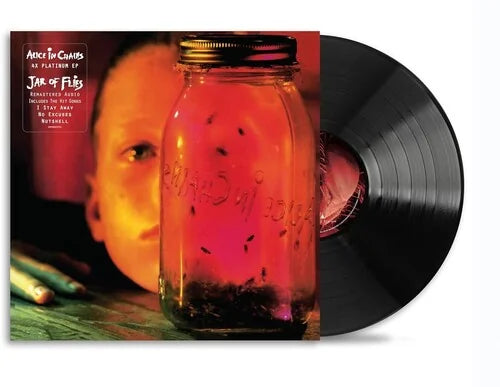
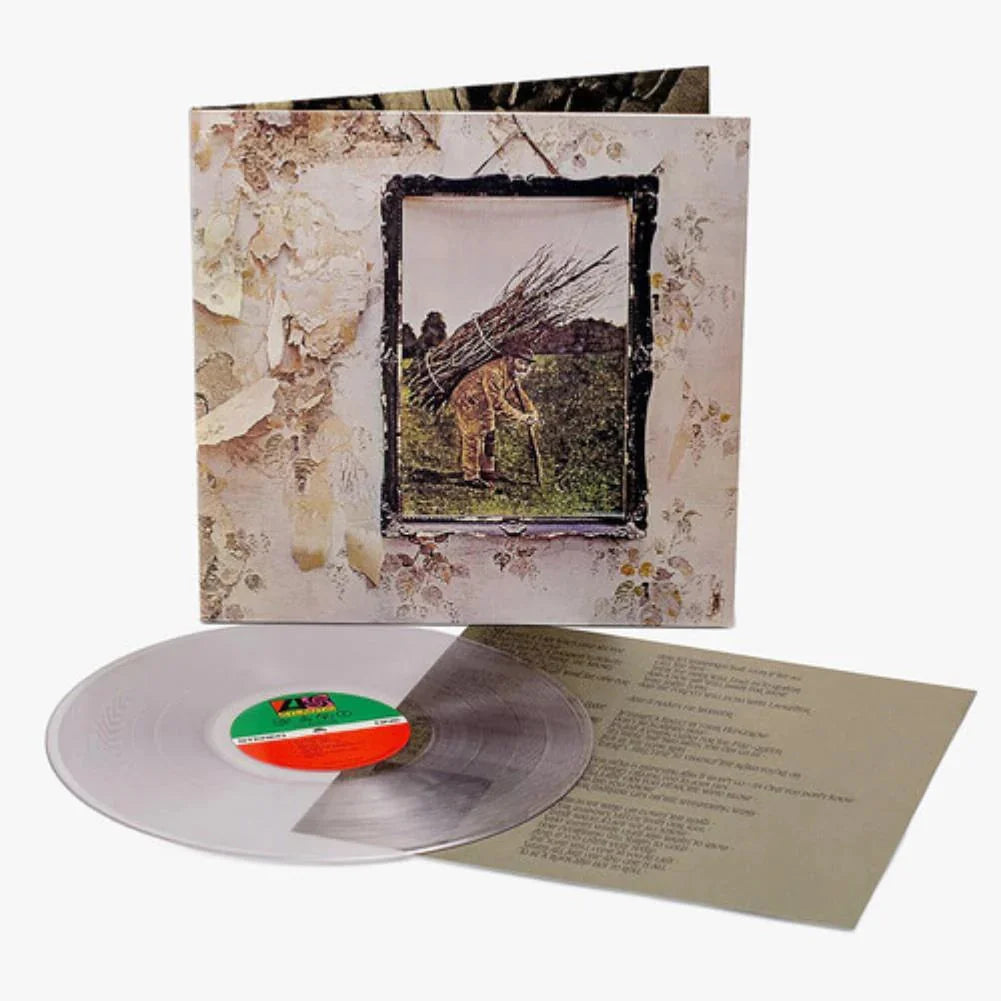
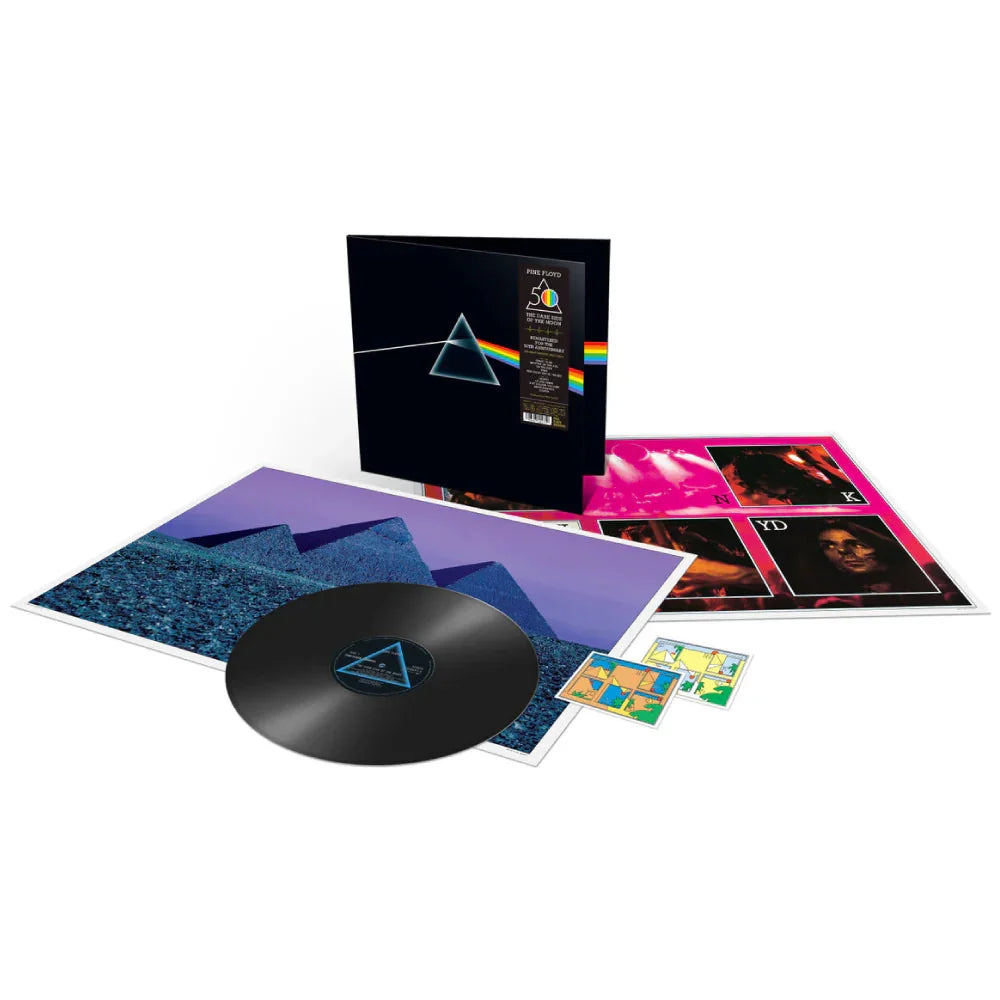
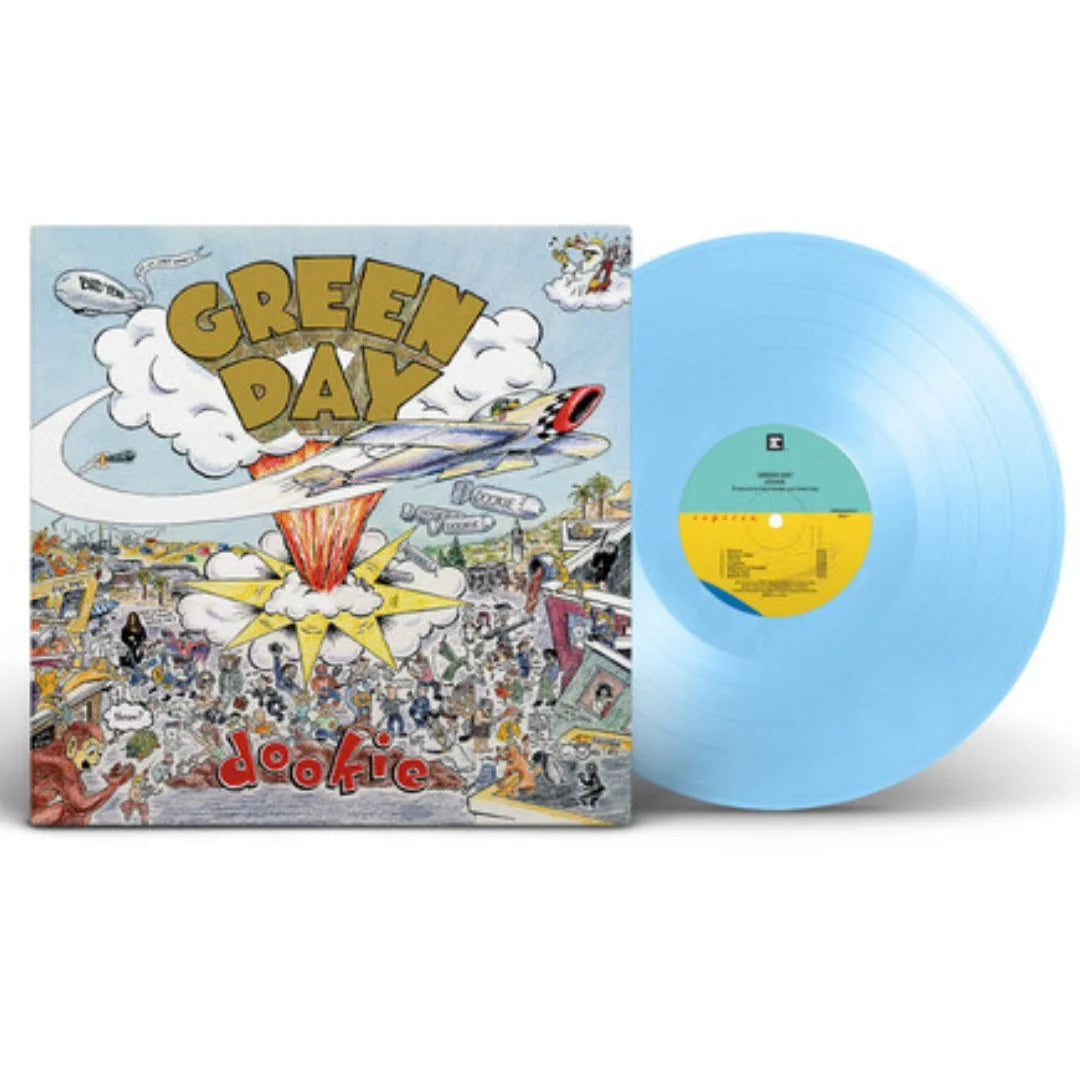
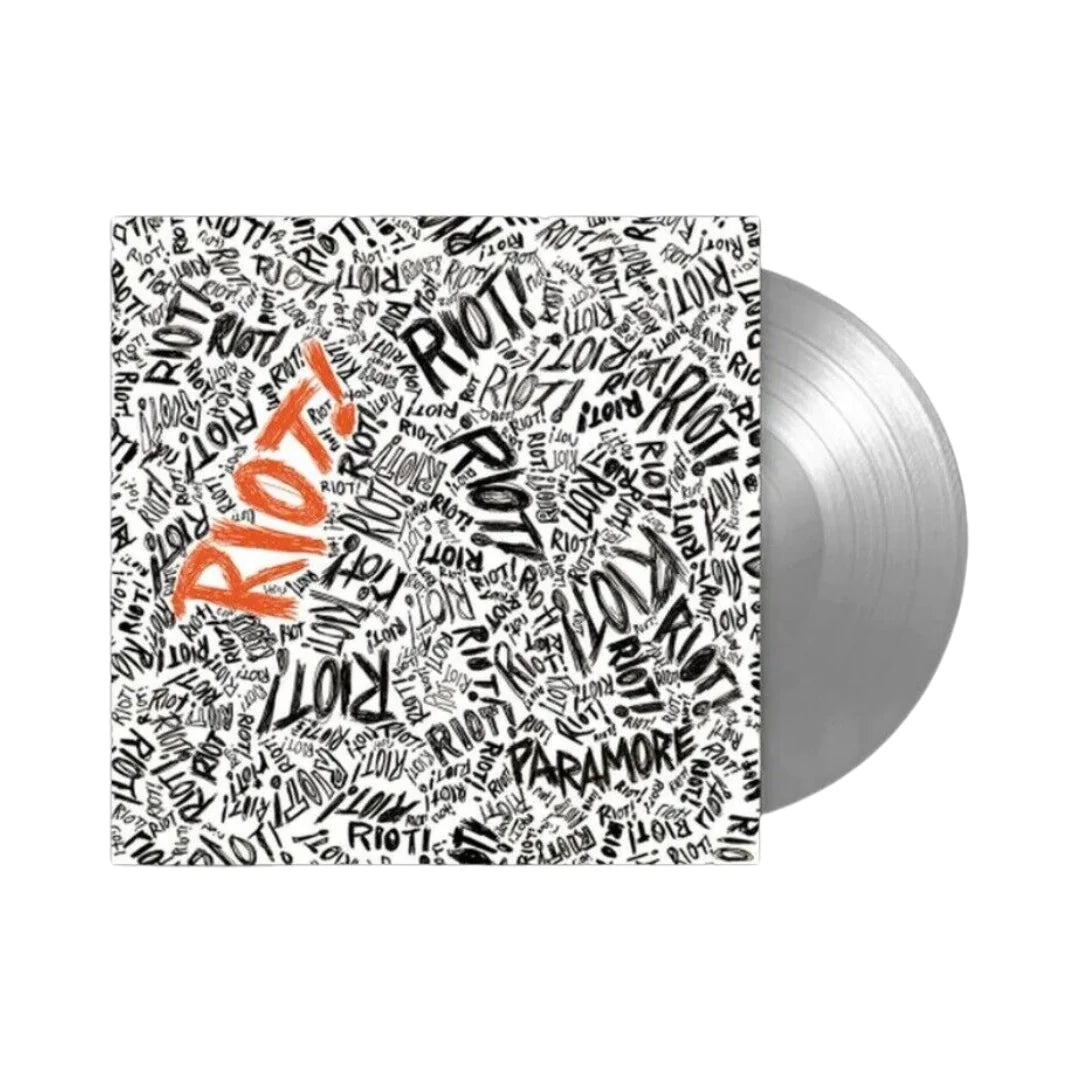
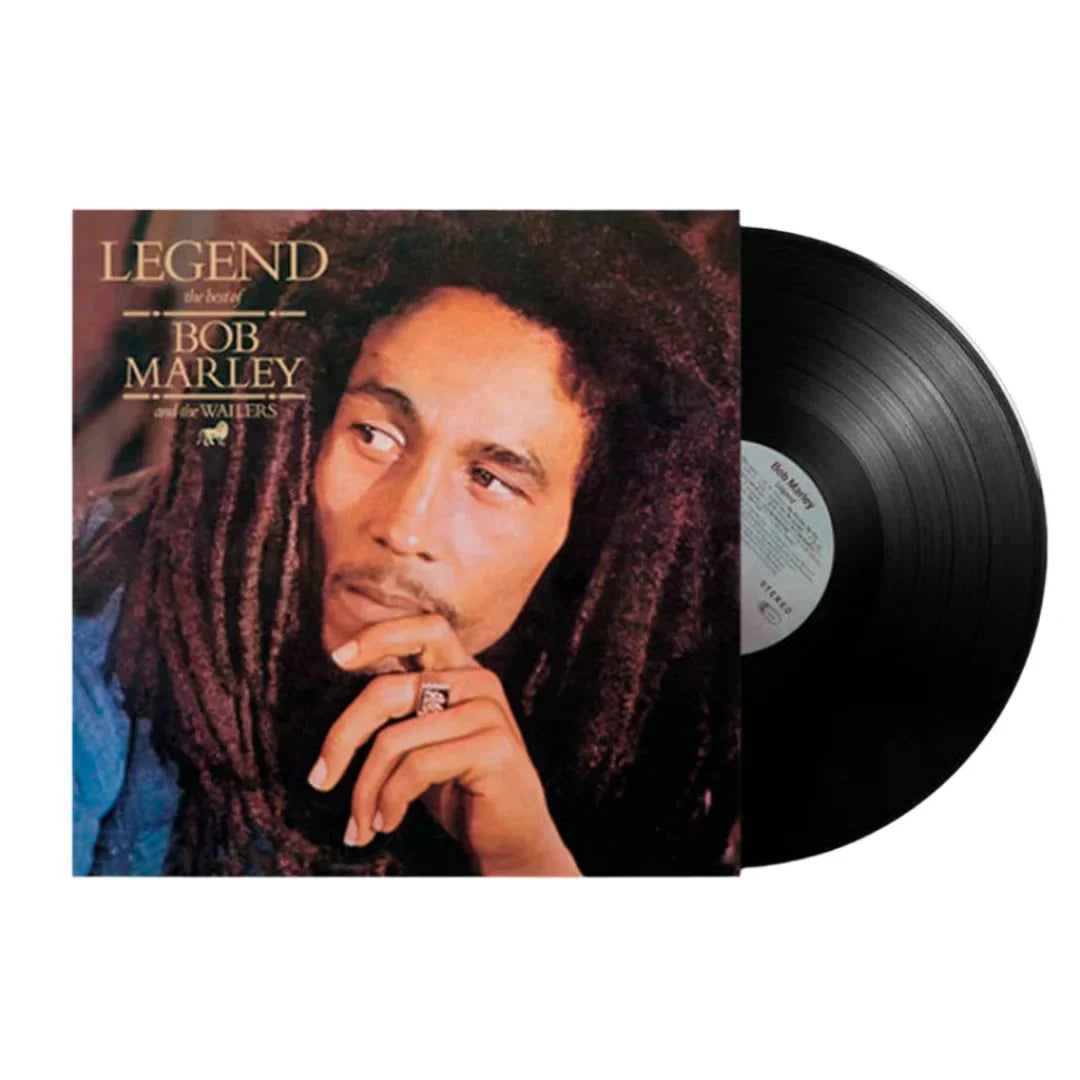
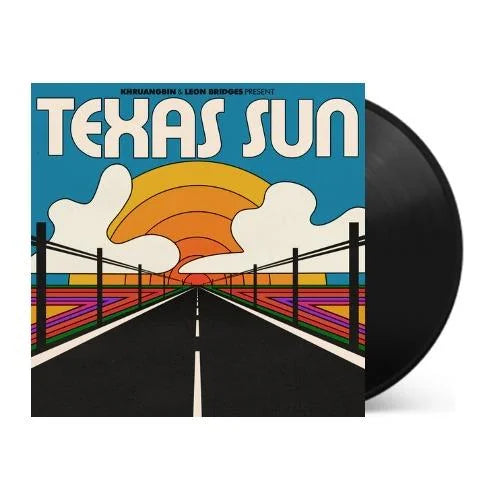
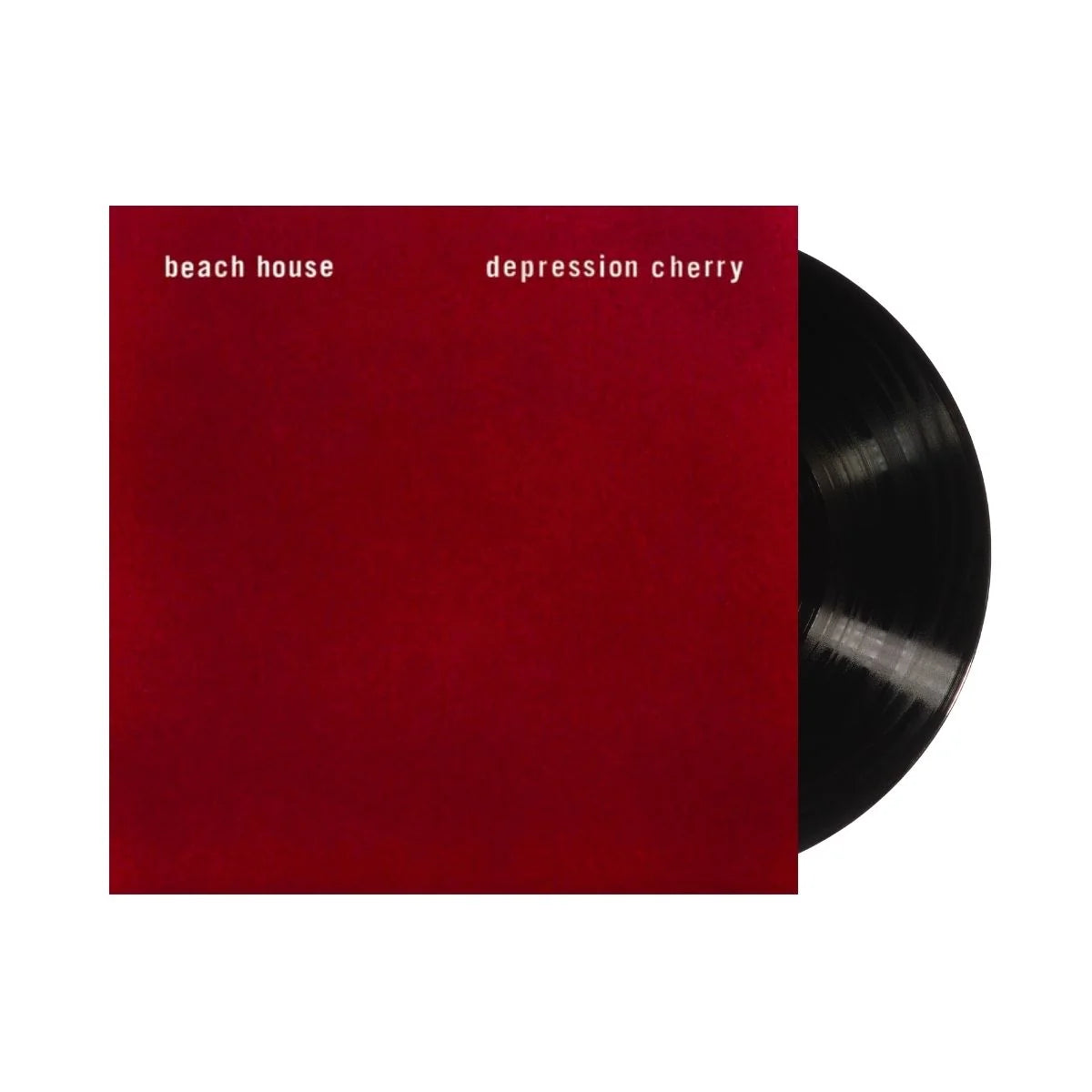
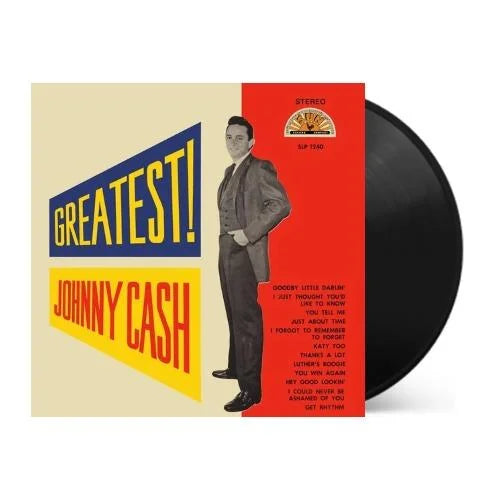
![The Grateful Dead - The Music Never Stopped [6LP Box Set]](http://vinyl.com/cdn/shop/files/The_Grateful_Dead-The_Music_Never_Stopped__6LP_Box_Set.jpg?v=1747729623&width=5760)
![The Grateful Dead - Madison Square Garden, New York, NY 3/9/81 (2023 Rocktober Edition) [5LP Box Set]](http://vinyl.com/cdn/shop/files/4247396-3042523.jpg?v=1758034700&width=5760)
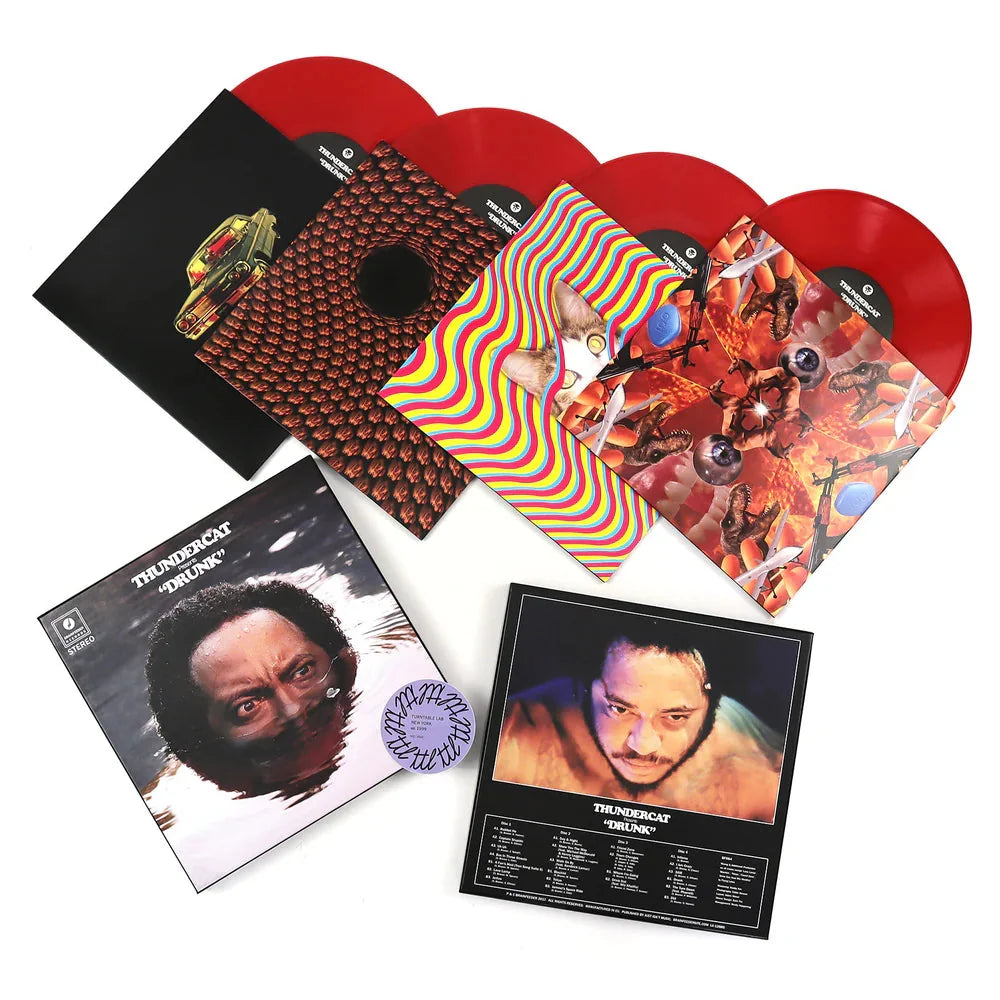
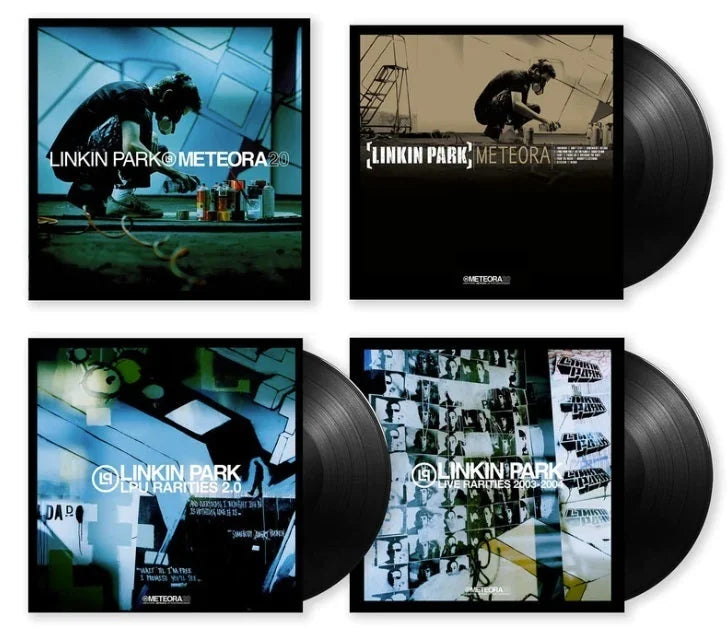

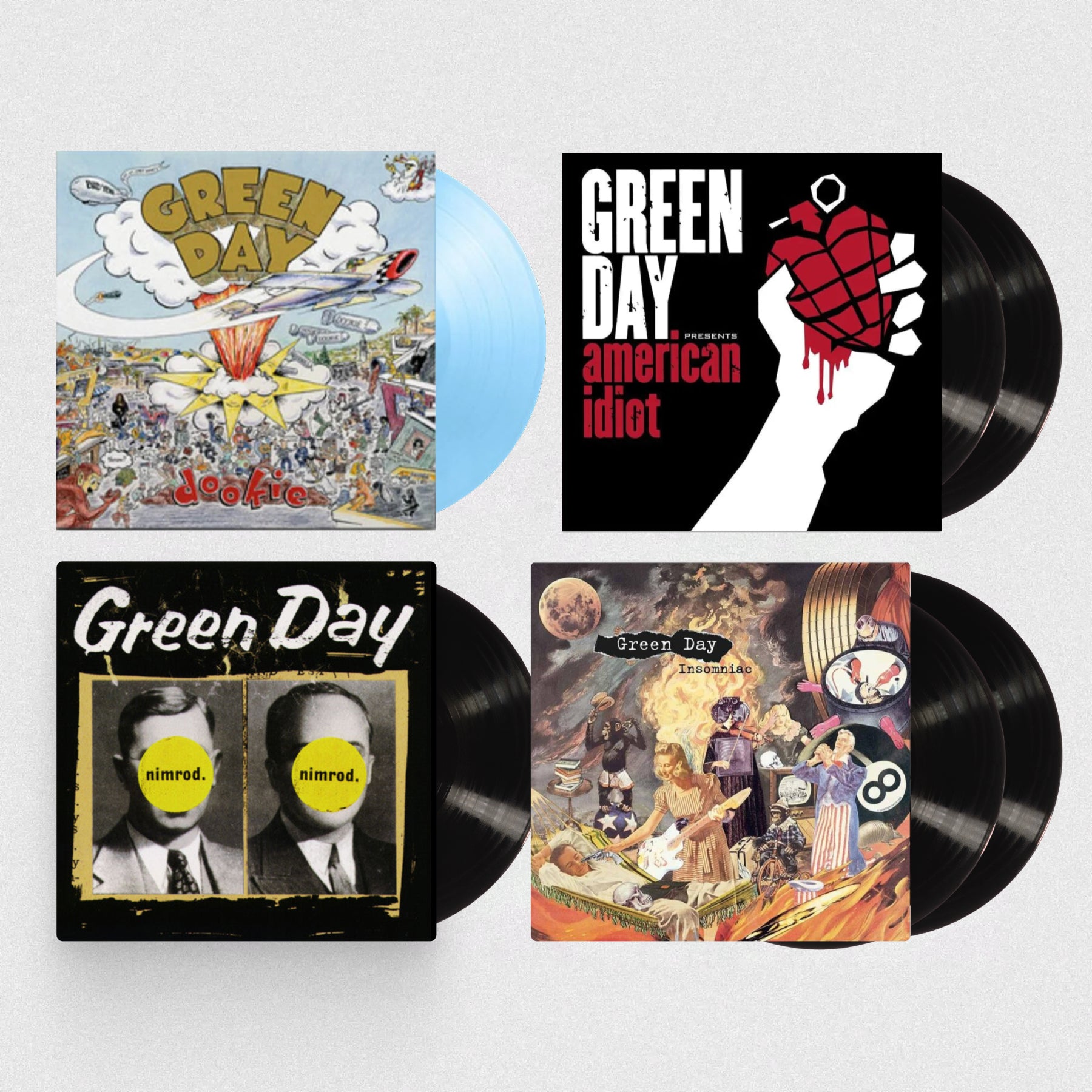
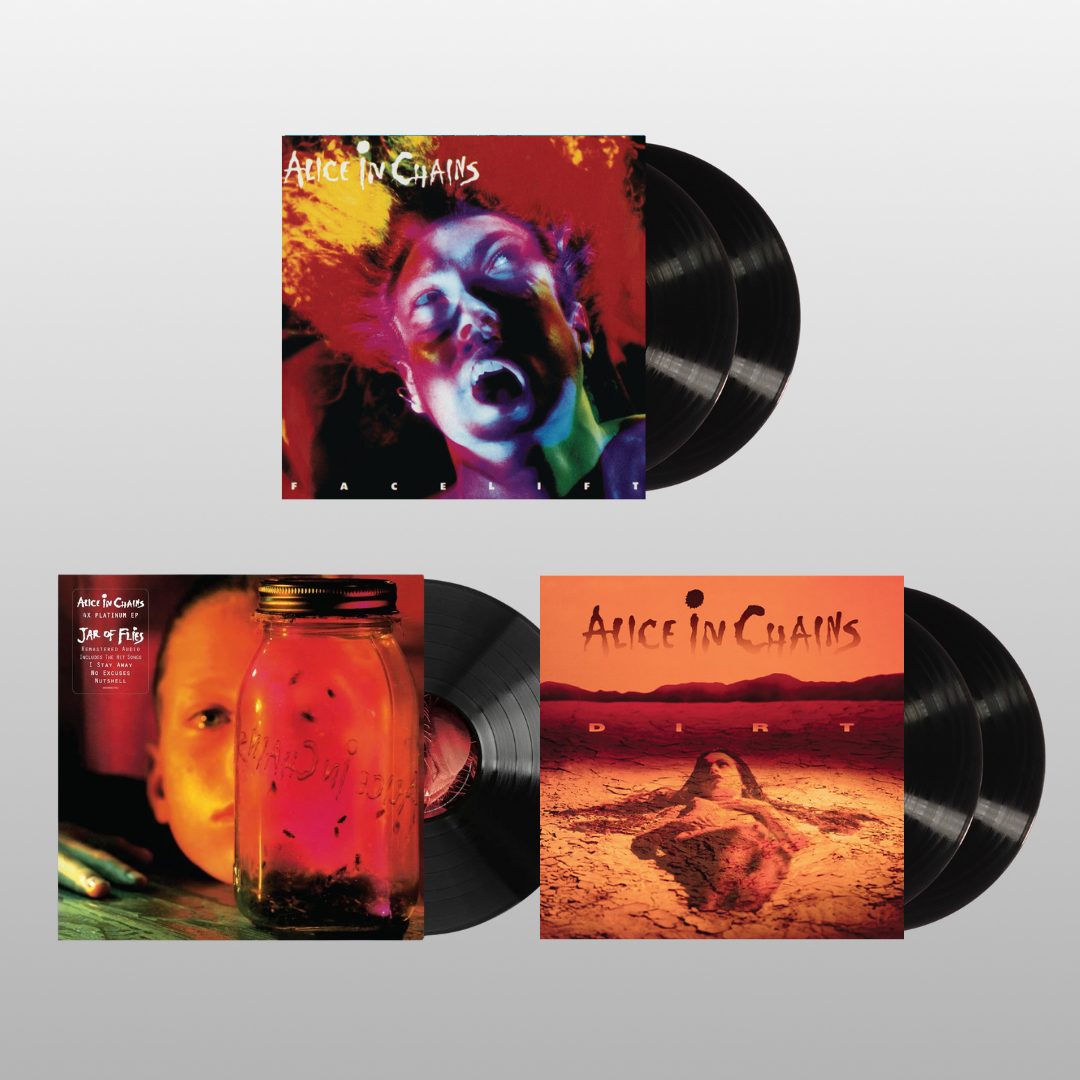
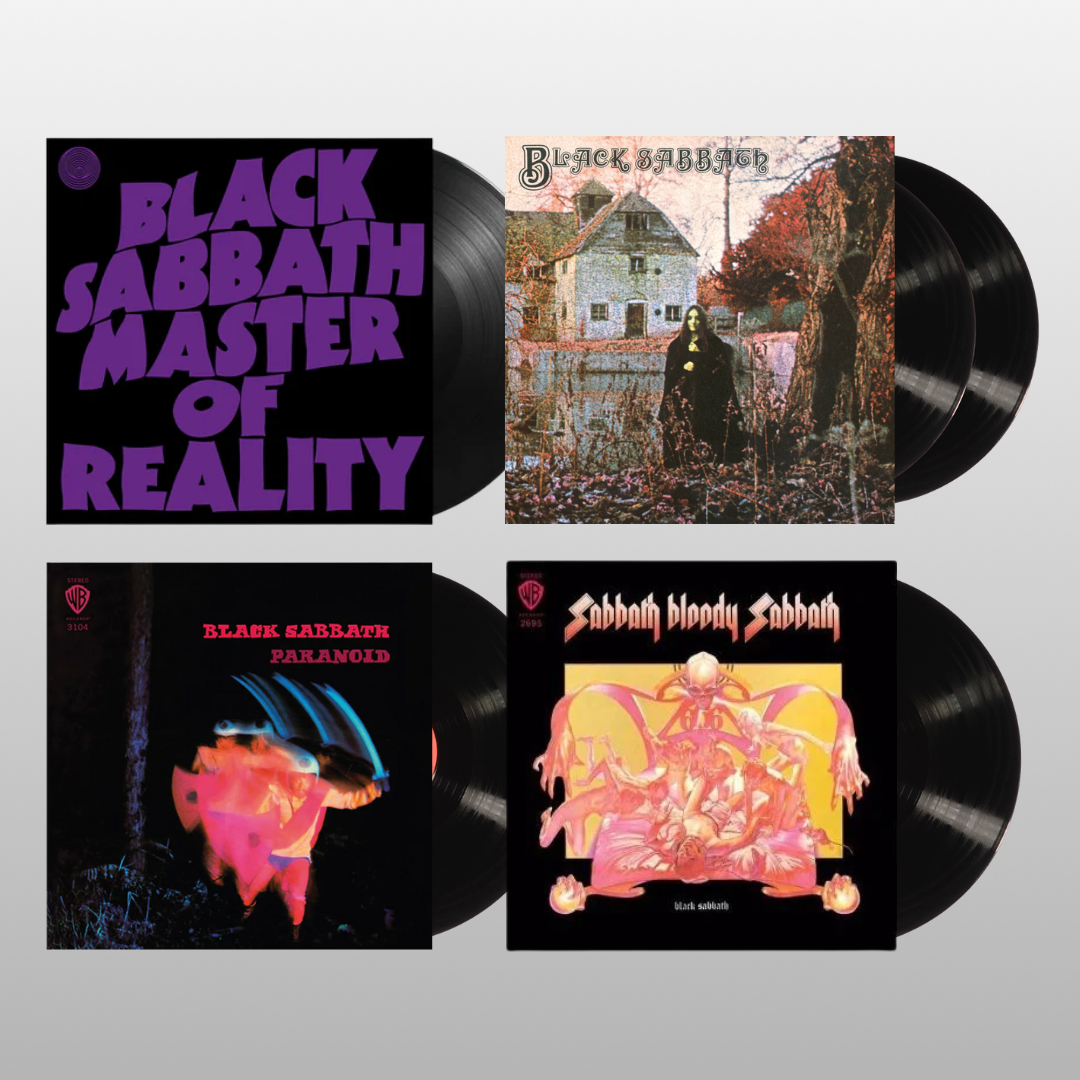
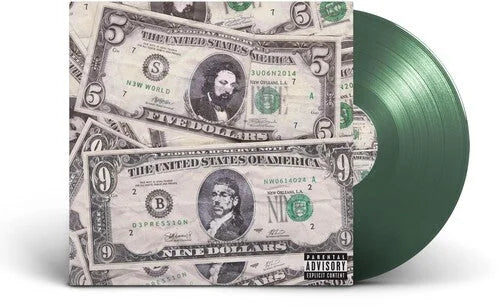
![(hed) p.e. - New And Improved [Pink]](http://vinyl.com/cdn/shop/files/4425252-3389420.jpg?v=1746578880&width=5760)
![1 Locate S - Wicked Jaw [Sky Blue]](http://vinyl.com/cdn/shop/files/4217742-2982879.jpg?v=1693273095&width=5760)
![11/5 - A-1 Yola [2LP Orange Swirl]](http://vinyl.com/cdn/shop/files/3992138-2728122.jpg?v=1684200429&width=5760)
![Mac Miller - Swimming [2LP]](http://vinyl.com/cdn/shop/files/mac.png?v=1767598047&width=5760)
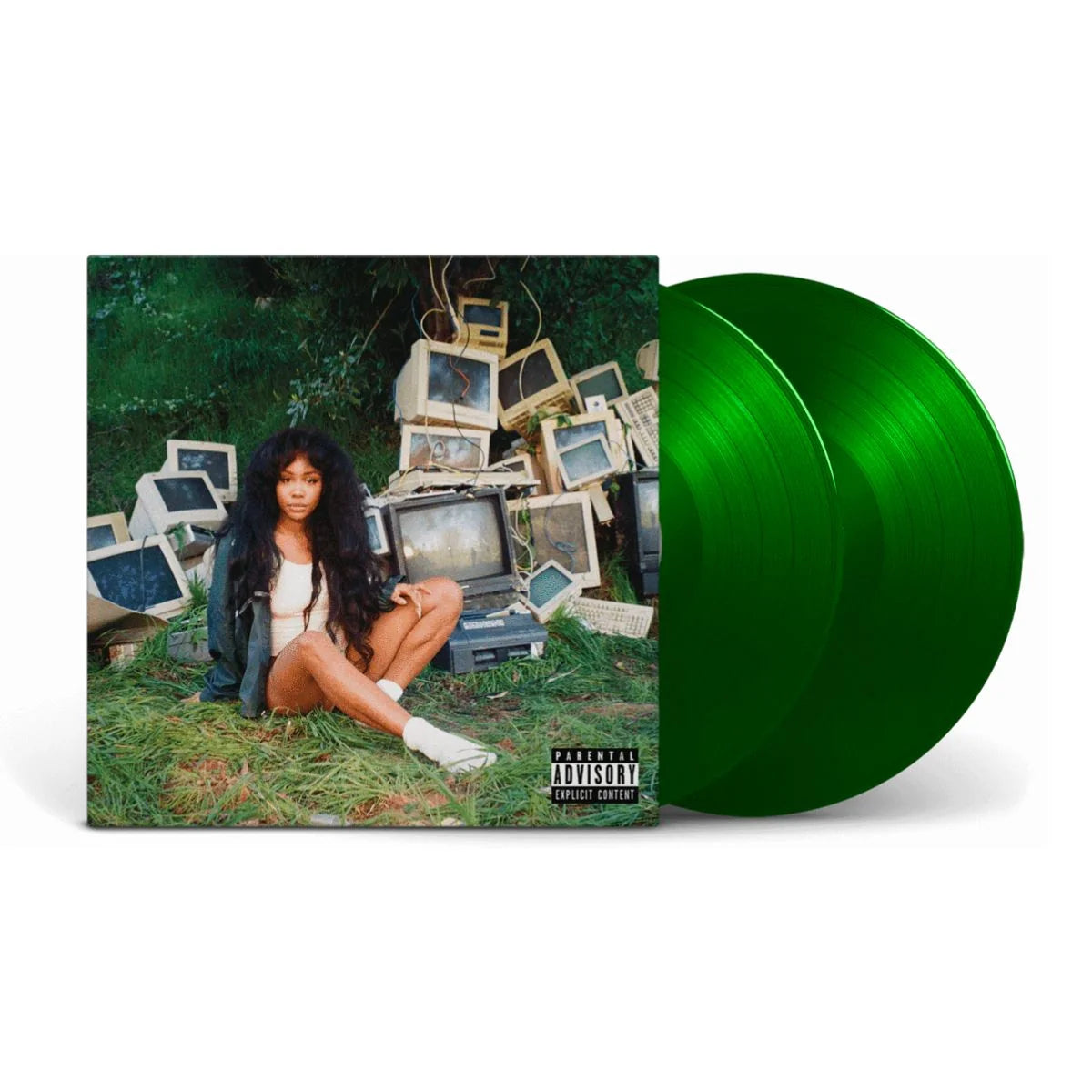

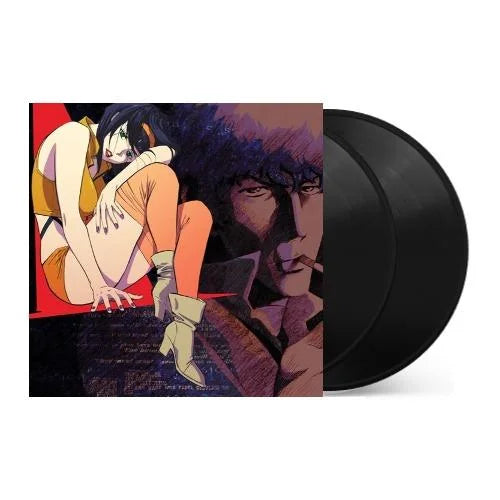
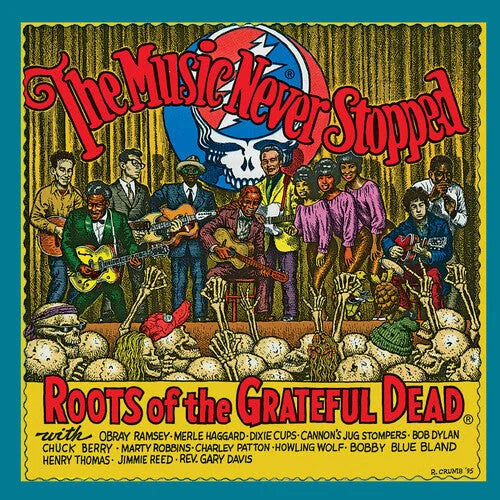

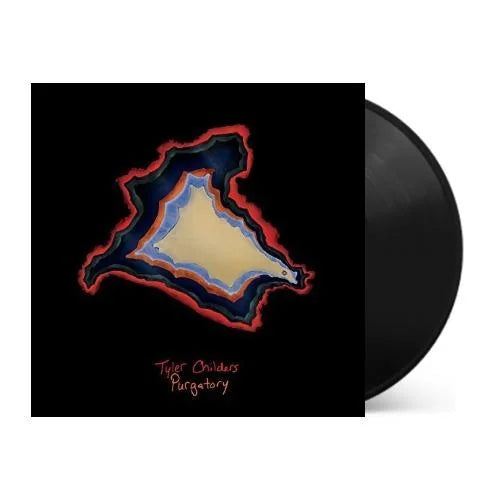
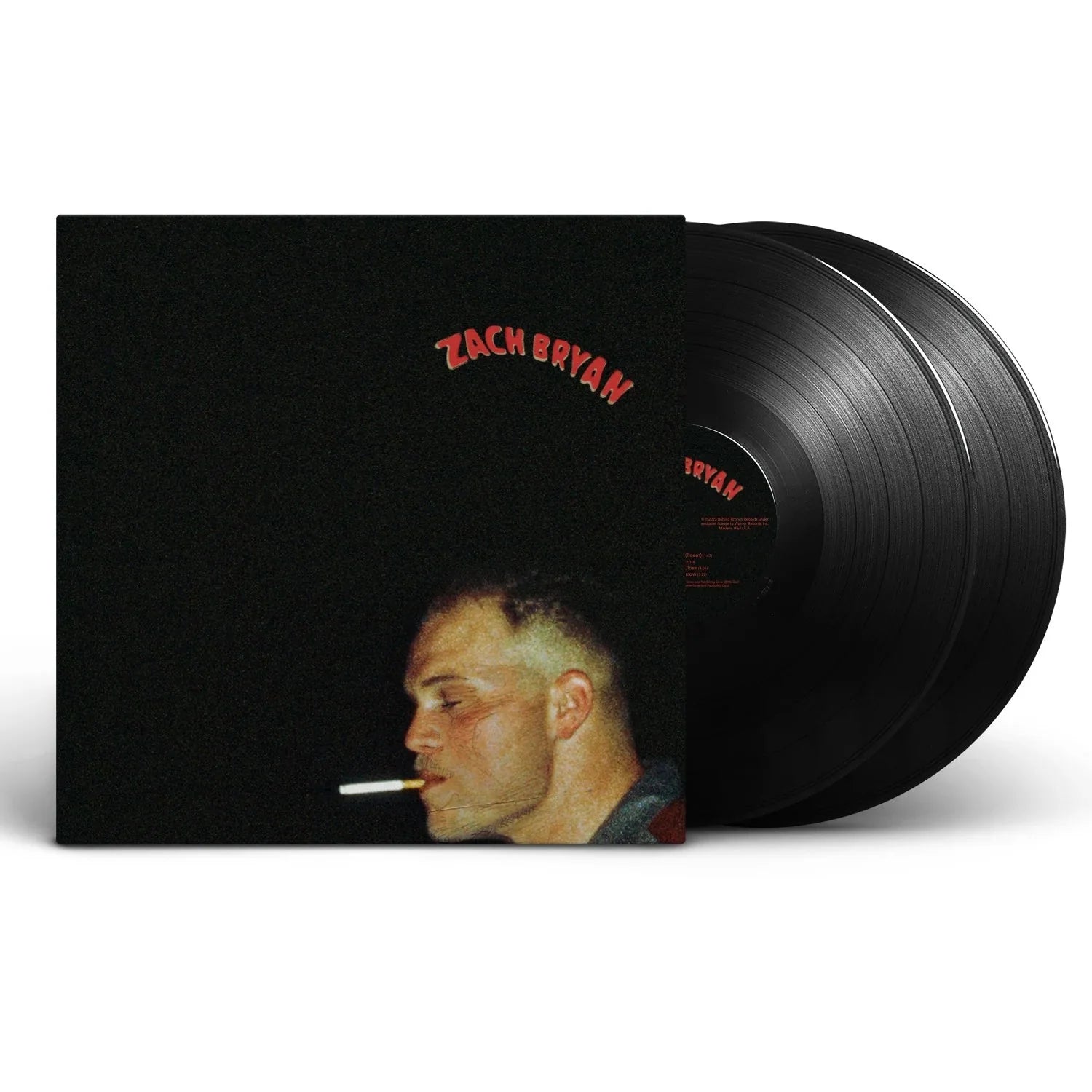
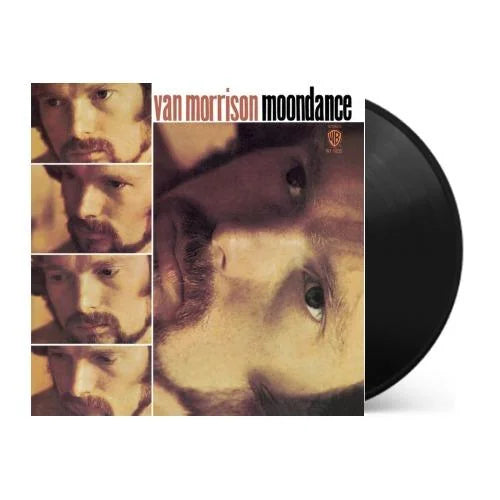
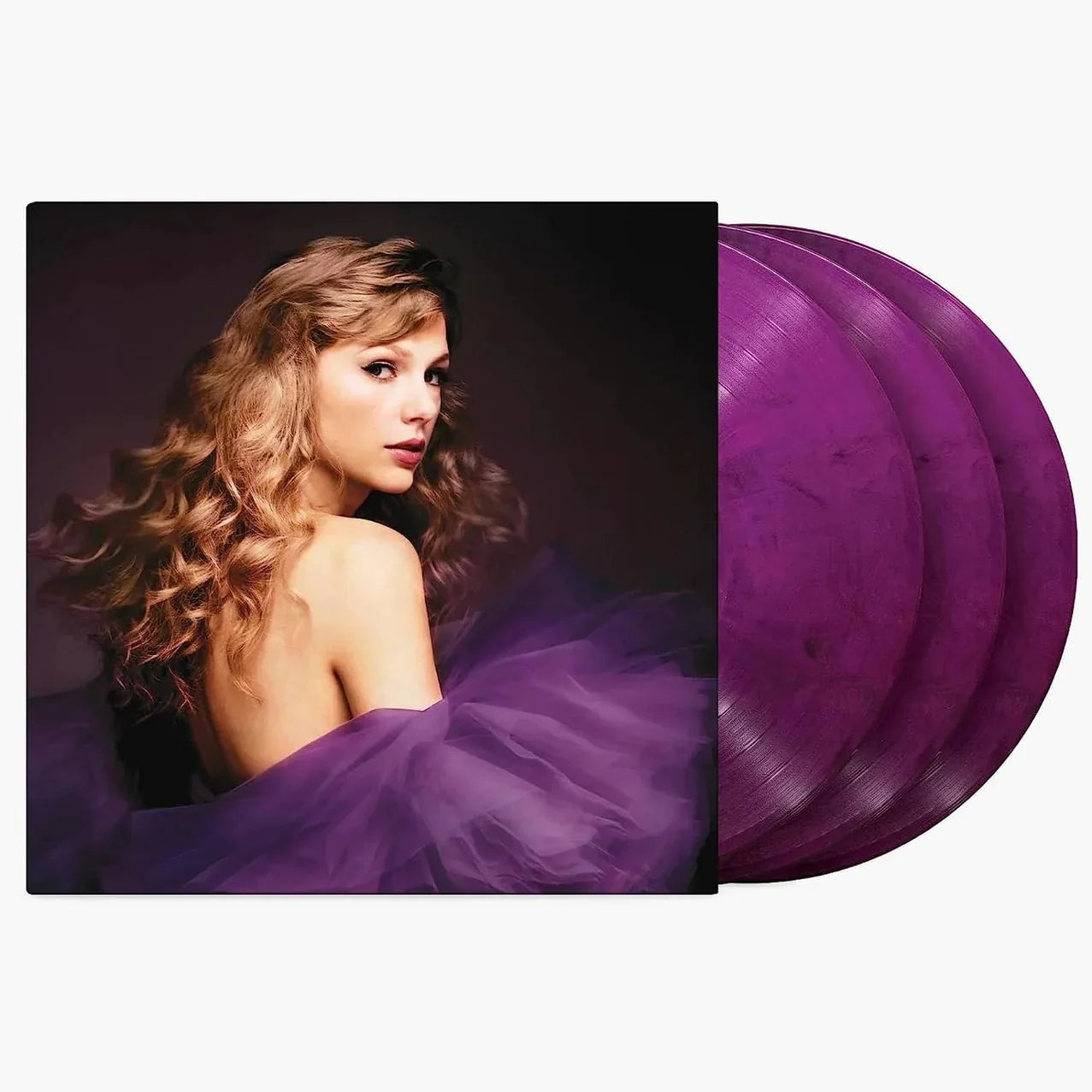
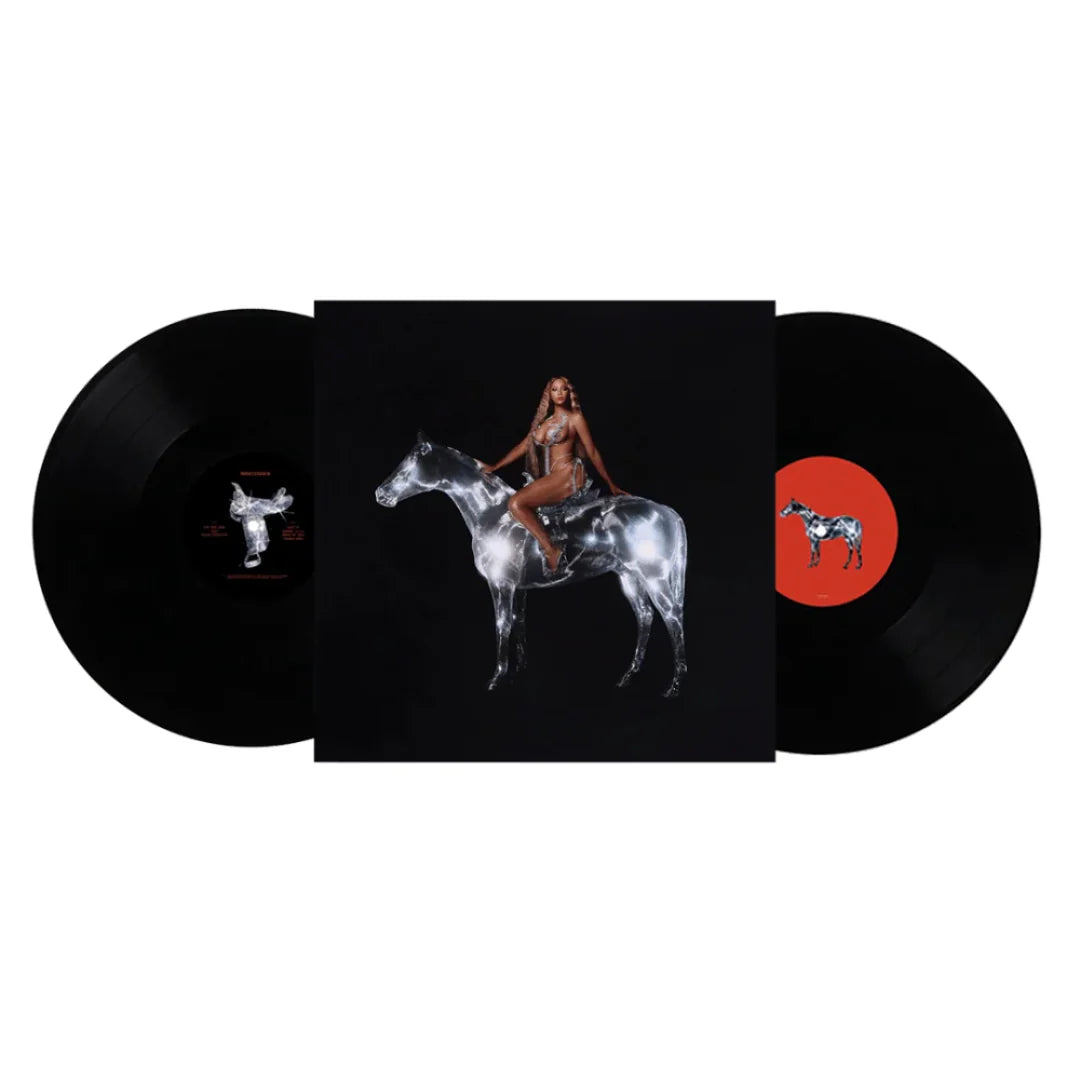
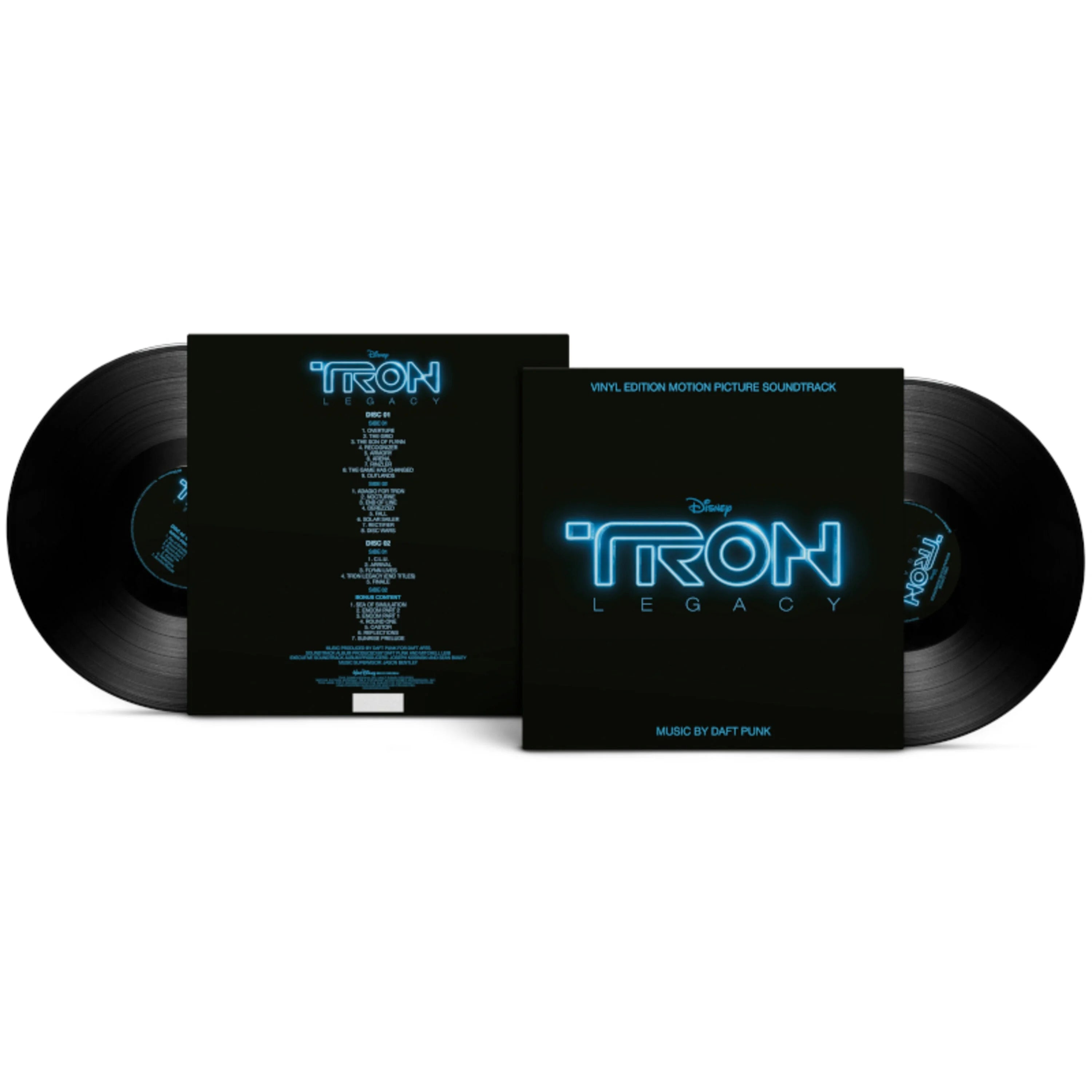
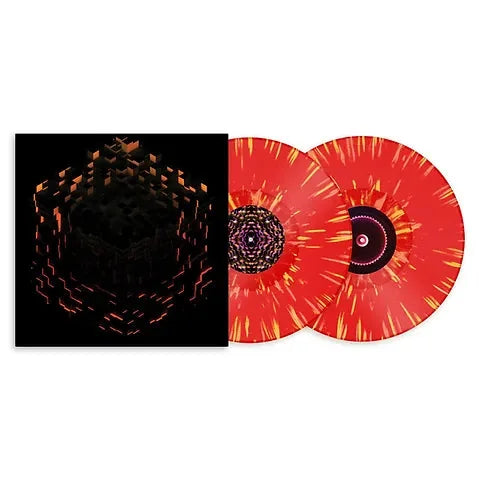
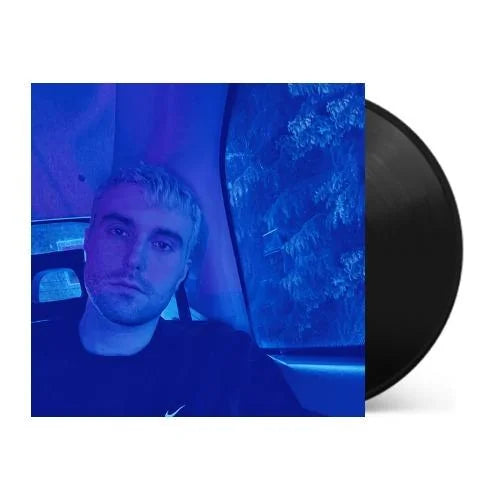
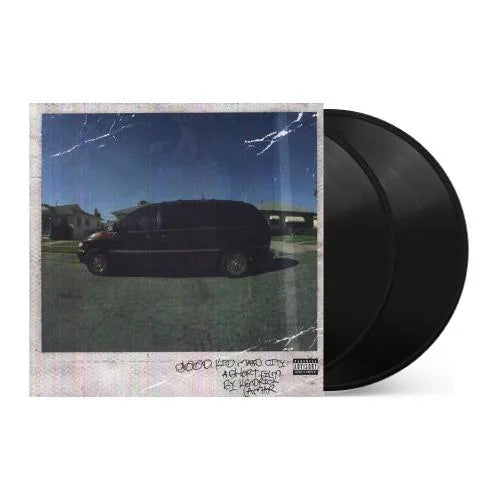
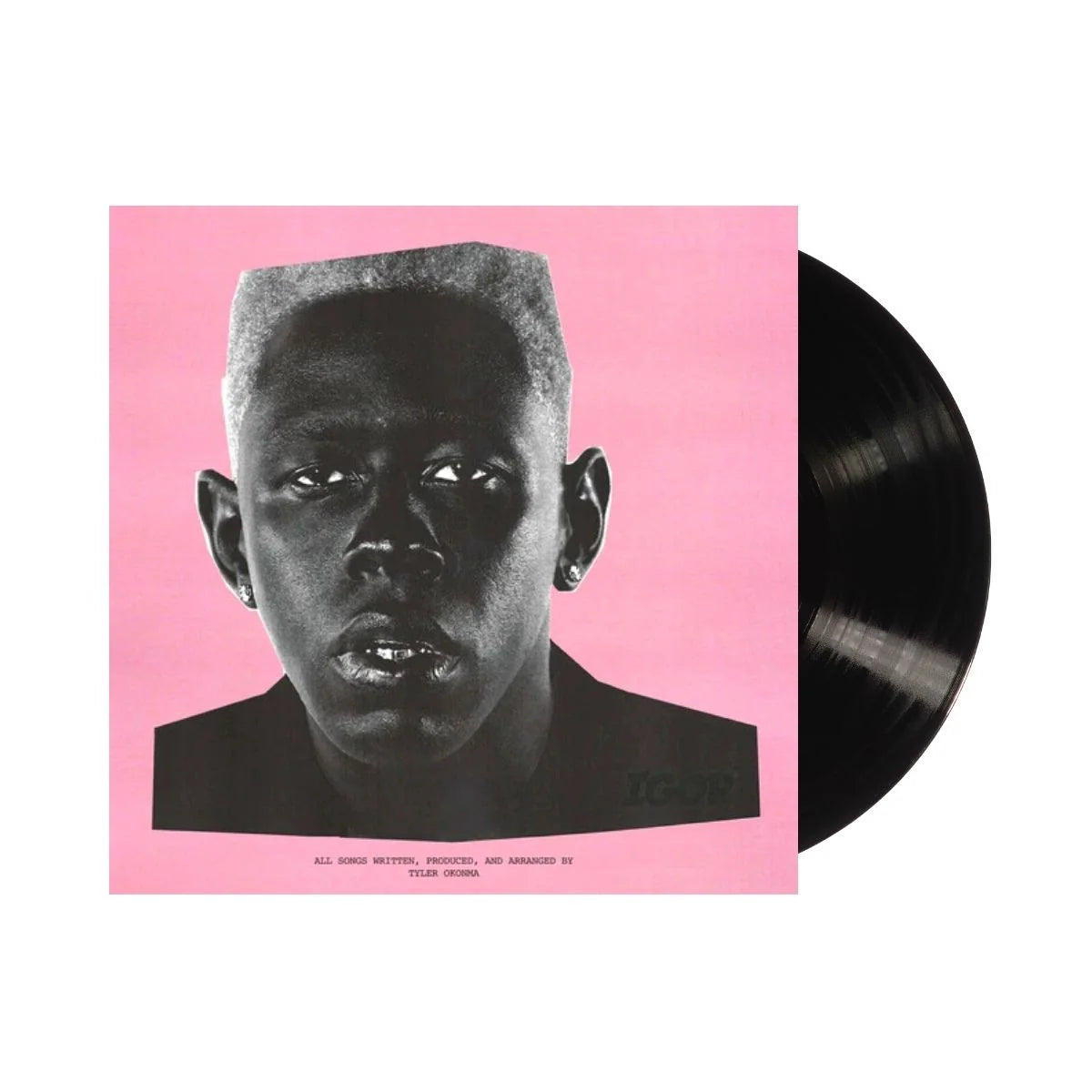
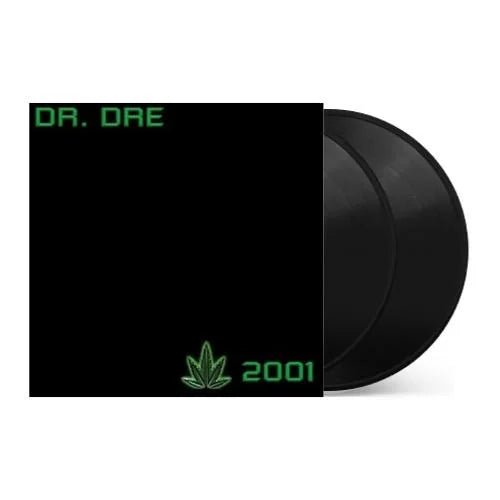
![Miles Davis - Kind of Blue [180-gram]](http://vinyl.com/cdn/shop/files/Y4LPMD03.webp?v=1742198237&width=5760)

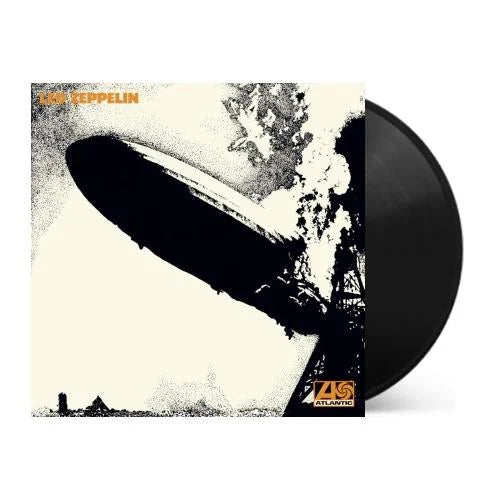
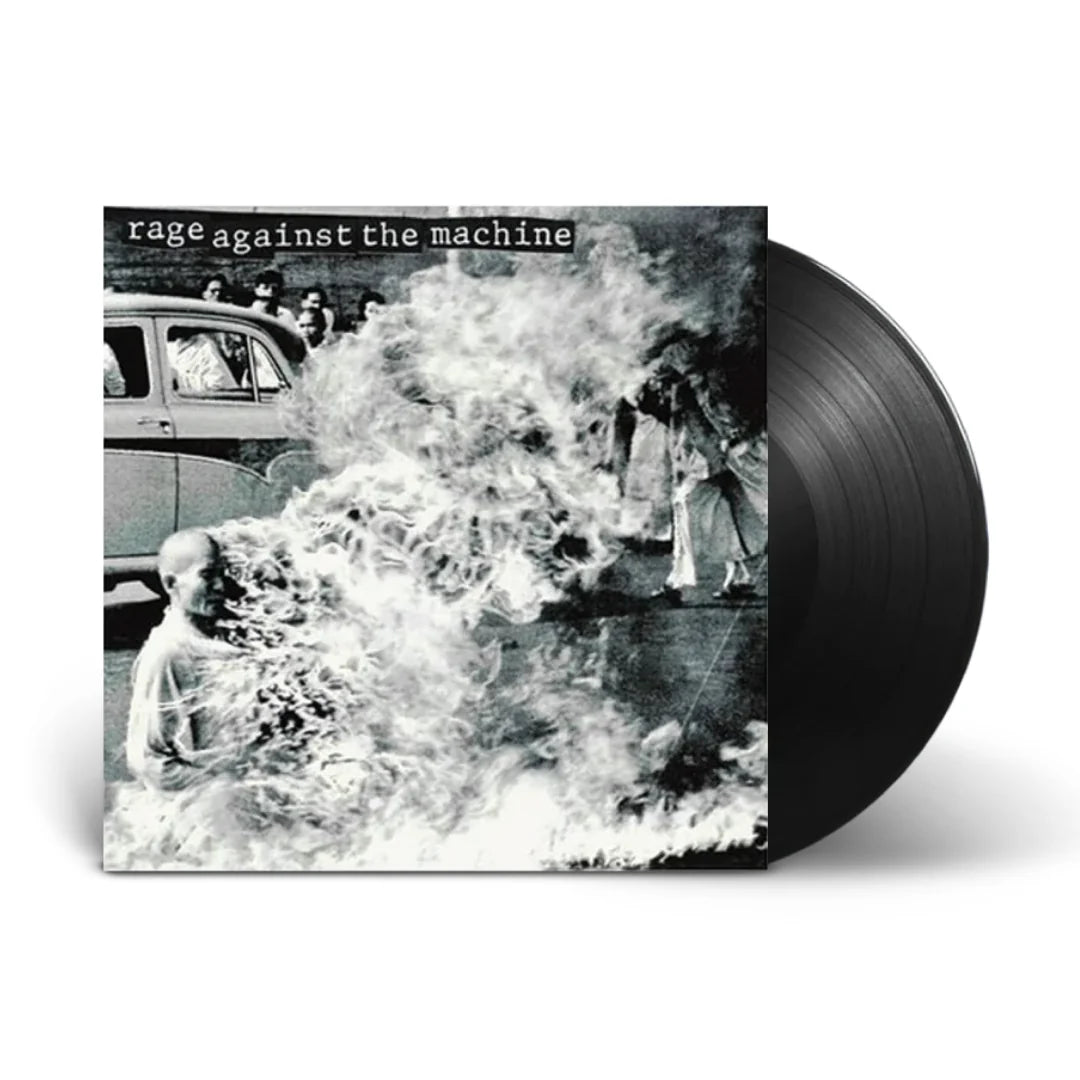
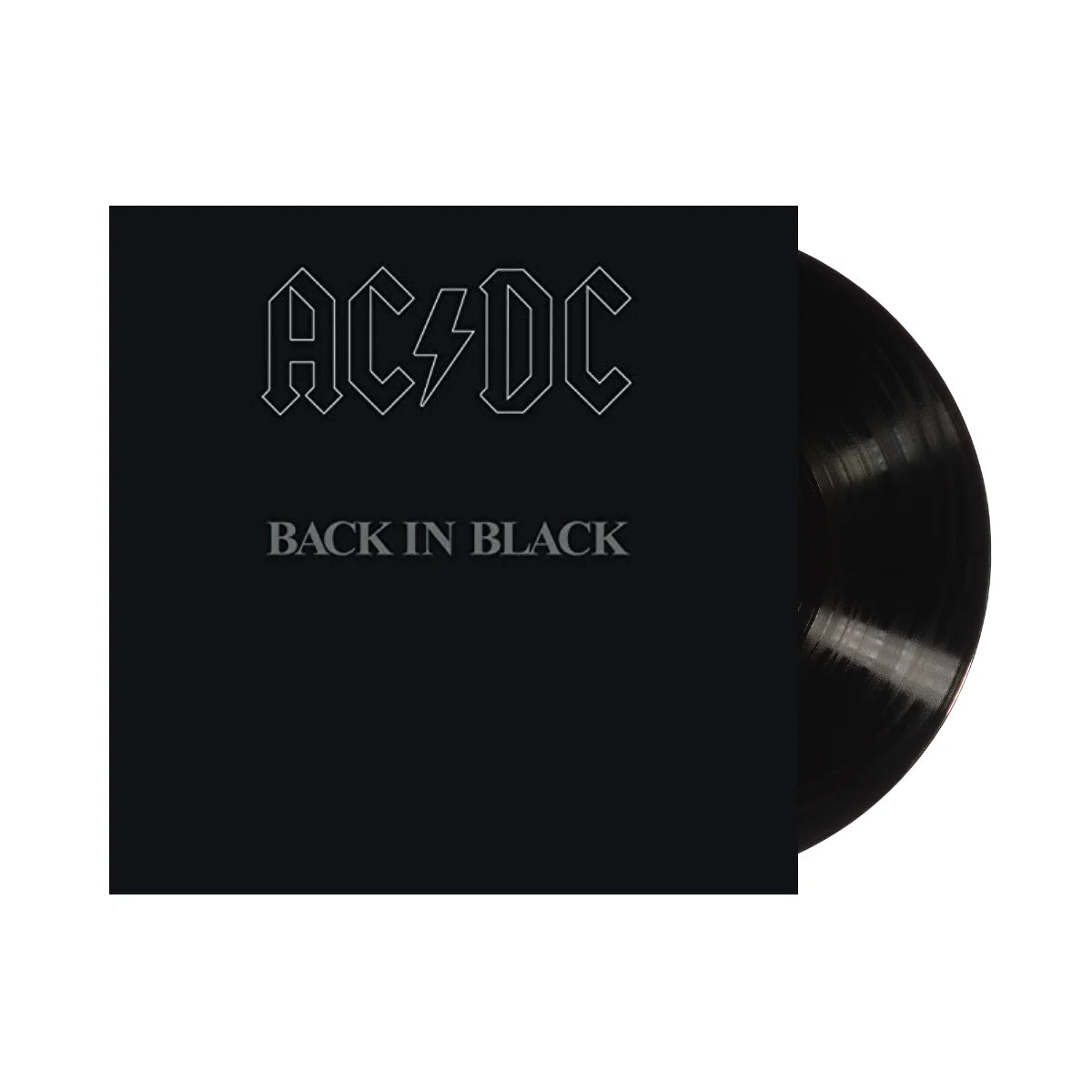
![Taylor Swift - 1989 (Taylor's Version) [2LP Crystal Skies Blue]](http://vinyl.com/cdn/shop/files/taylor_swift_1989_taylors_version.jpg?v=1734389117&width=5760)
![Taylor Swift - folklore [2LP Beige]](http://vinyl.com/cdn/shop/files/477929-Product-0-I-637317959467683009_grande_a6f82db0-1cb7-45c5-8892-ed79af261e80.webp?v=1736750683&width=5760)
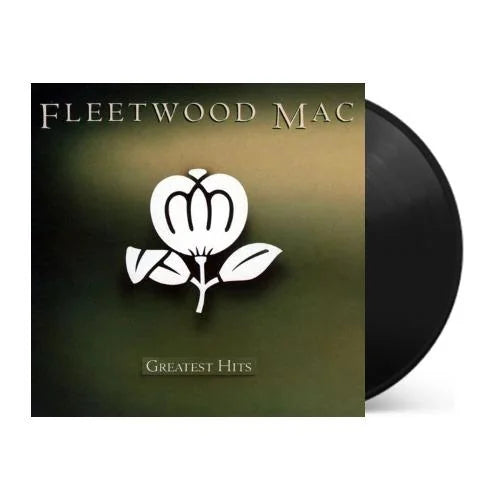
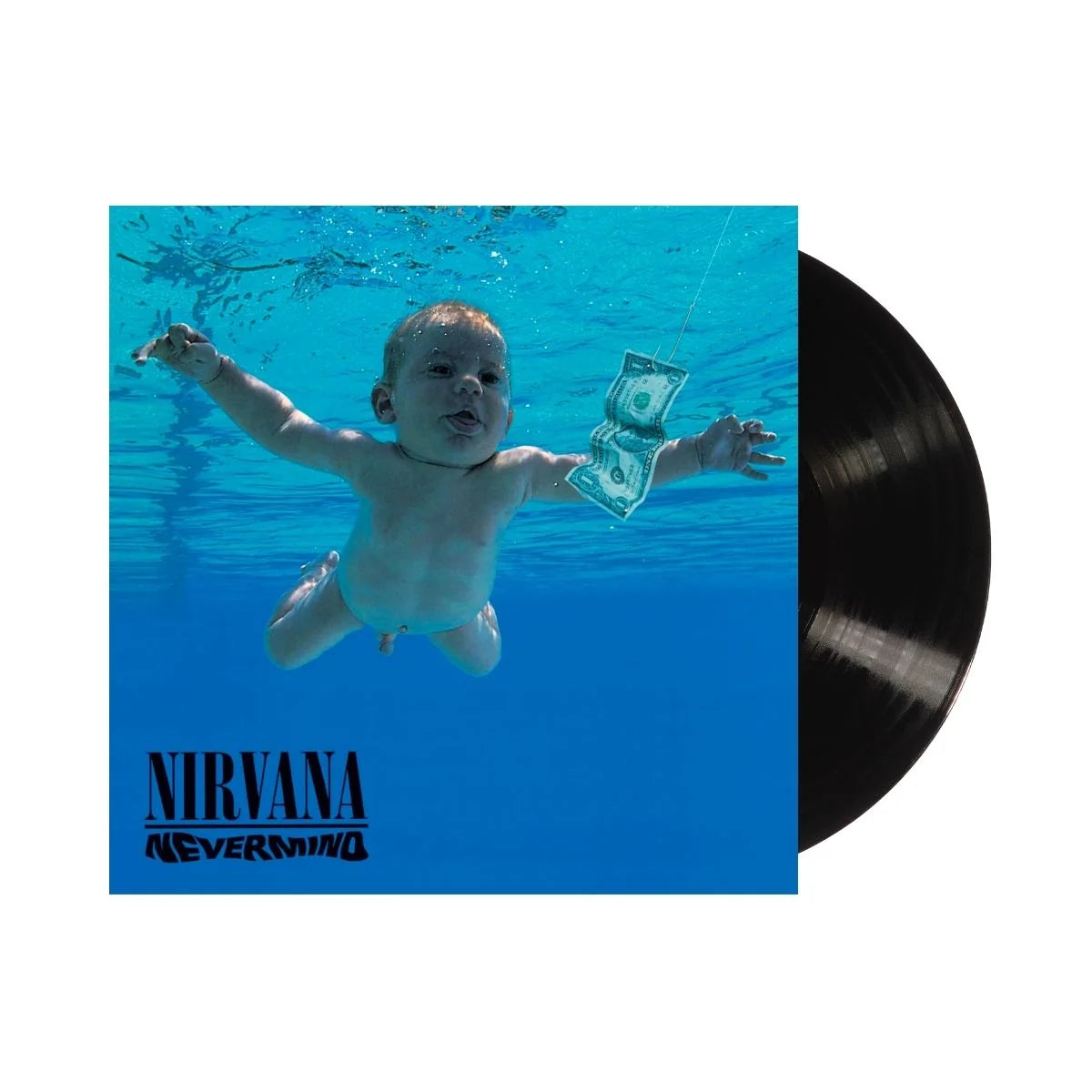
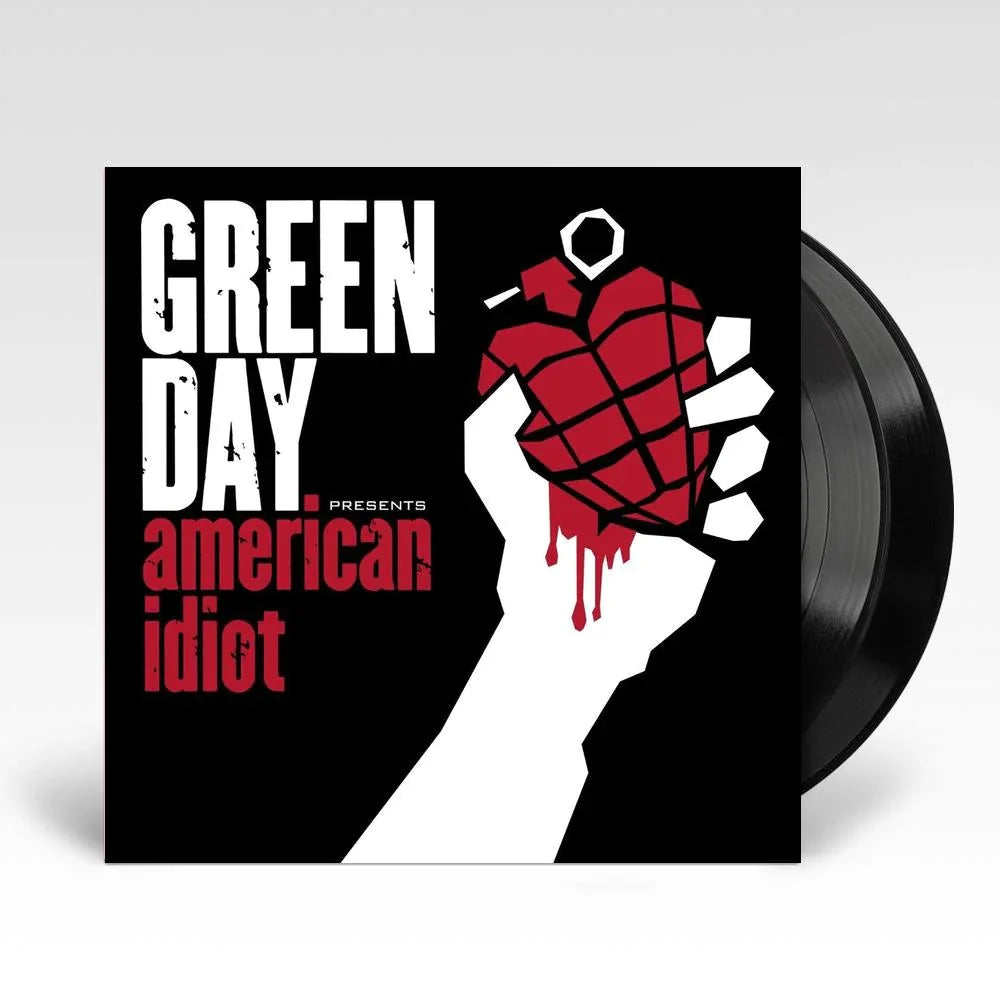

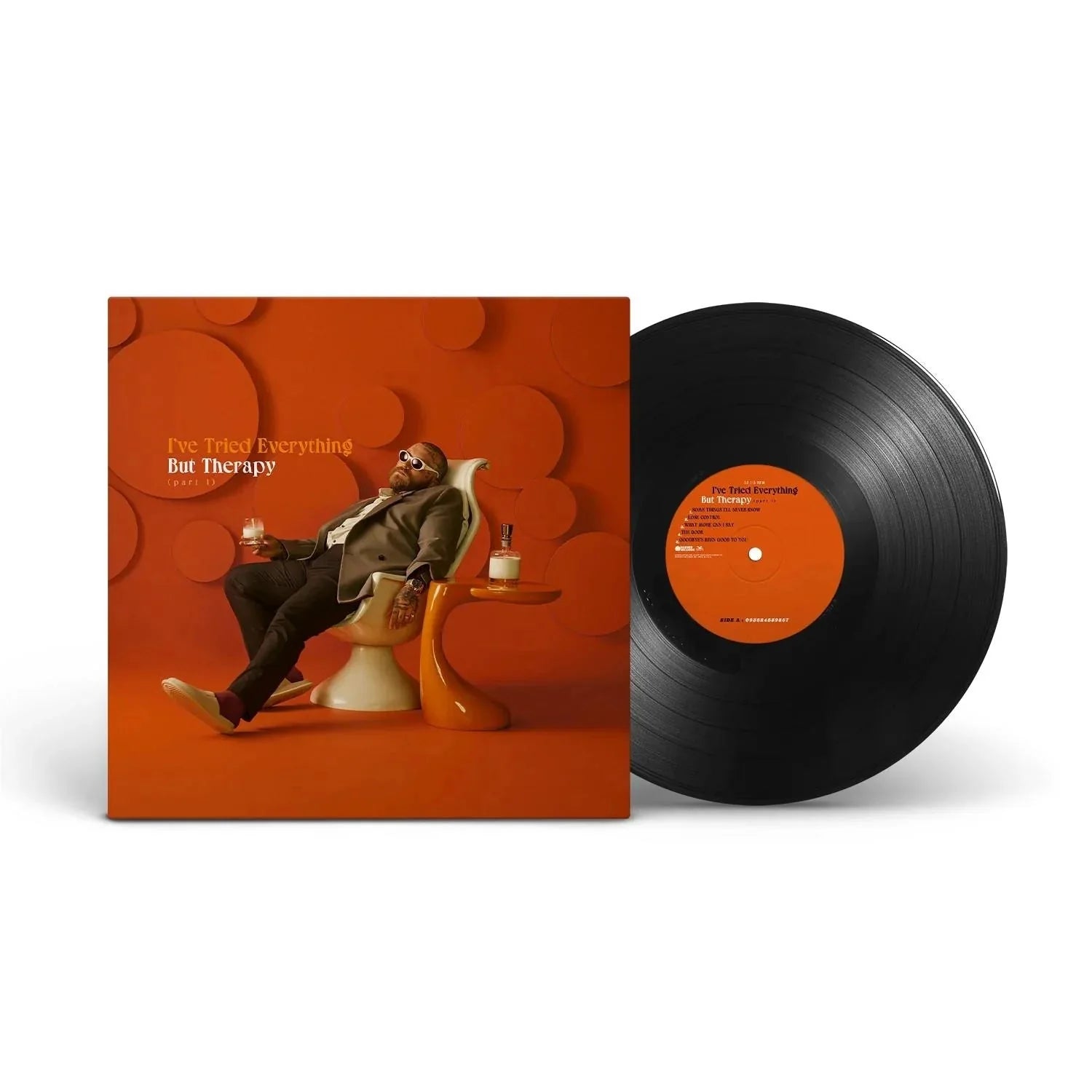
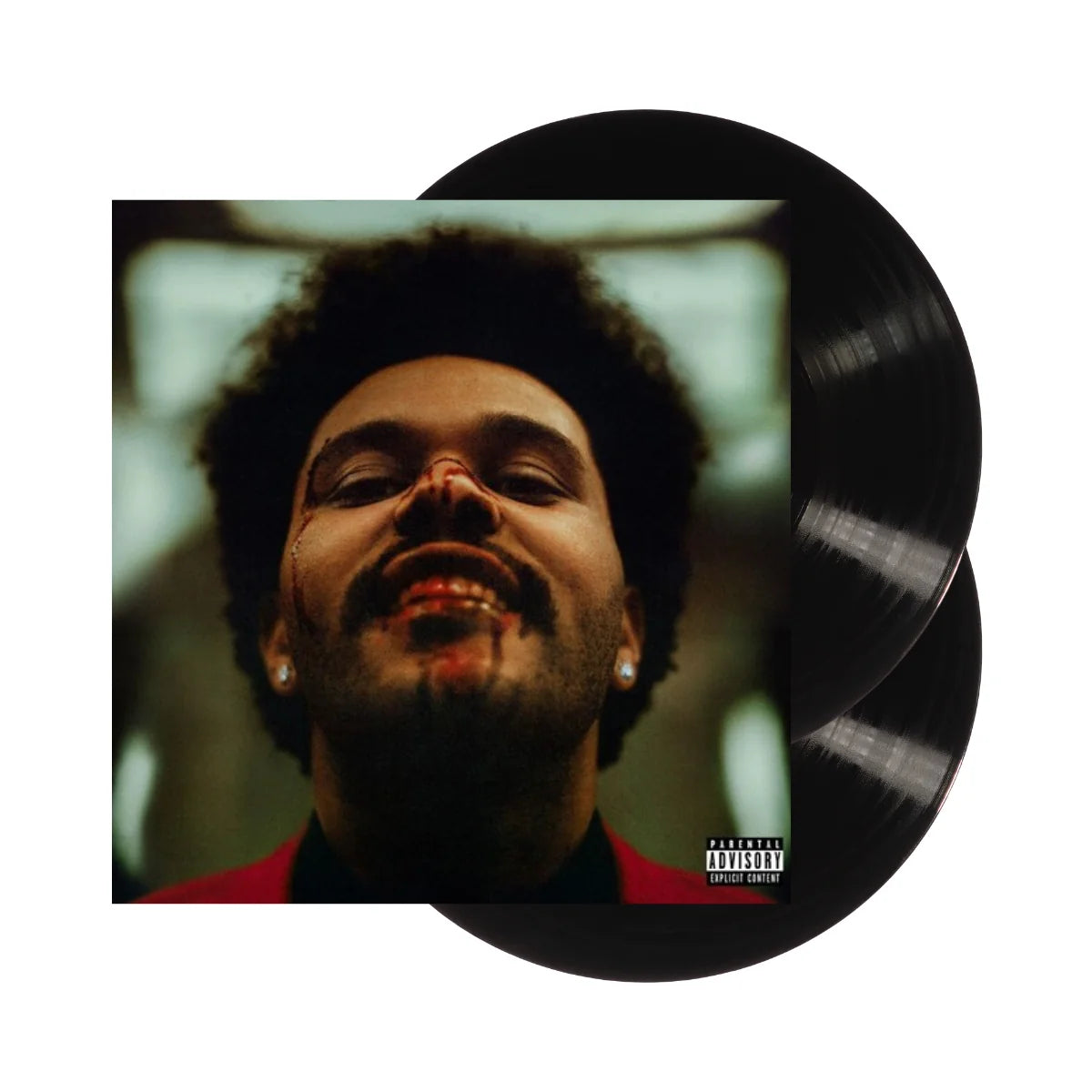
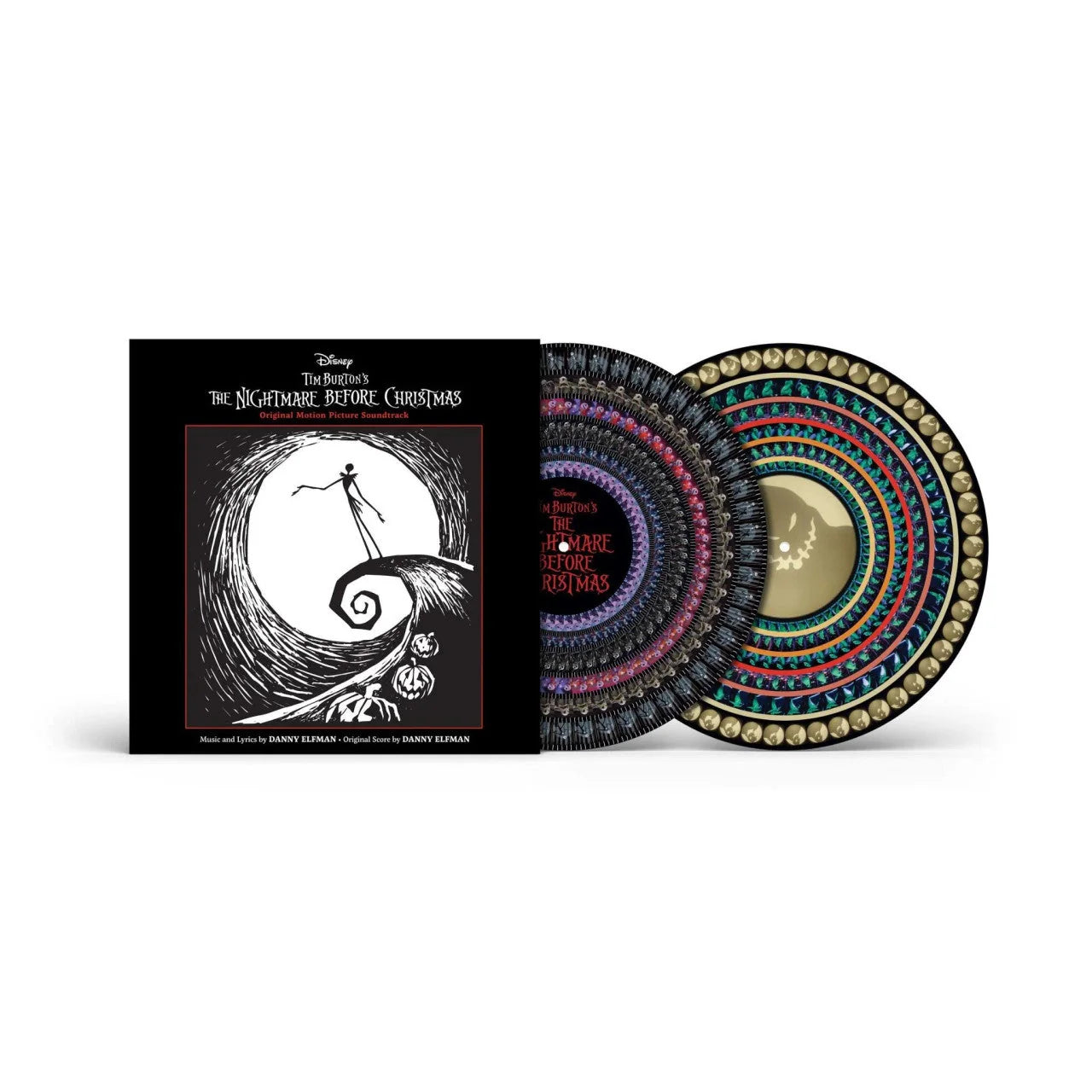
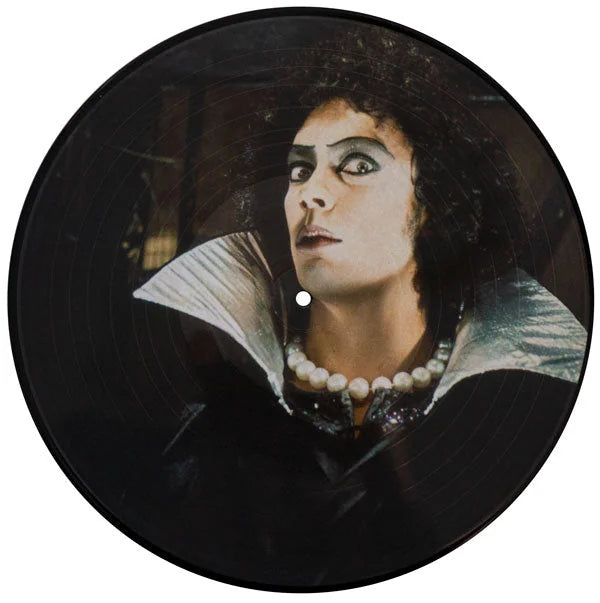
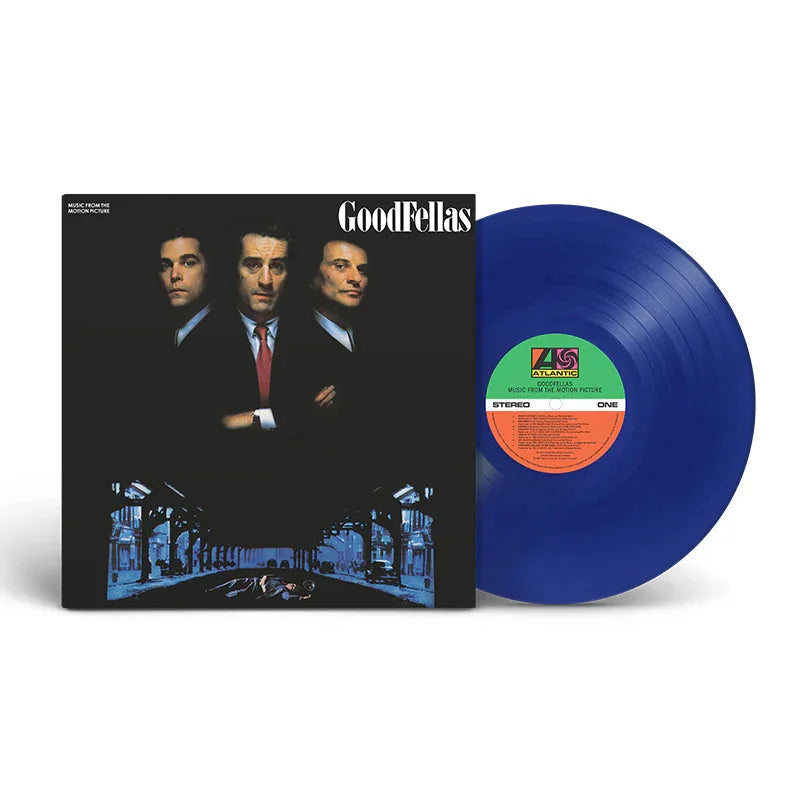
![Transformers: The Movie (Original Soundtrack) [Unicron Marbled 180-Gram]](http://vinyl.com/cdn/shop/files/4417308-3378319.jpg?v=1745982250&width=5760)









